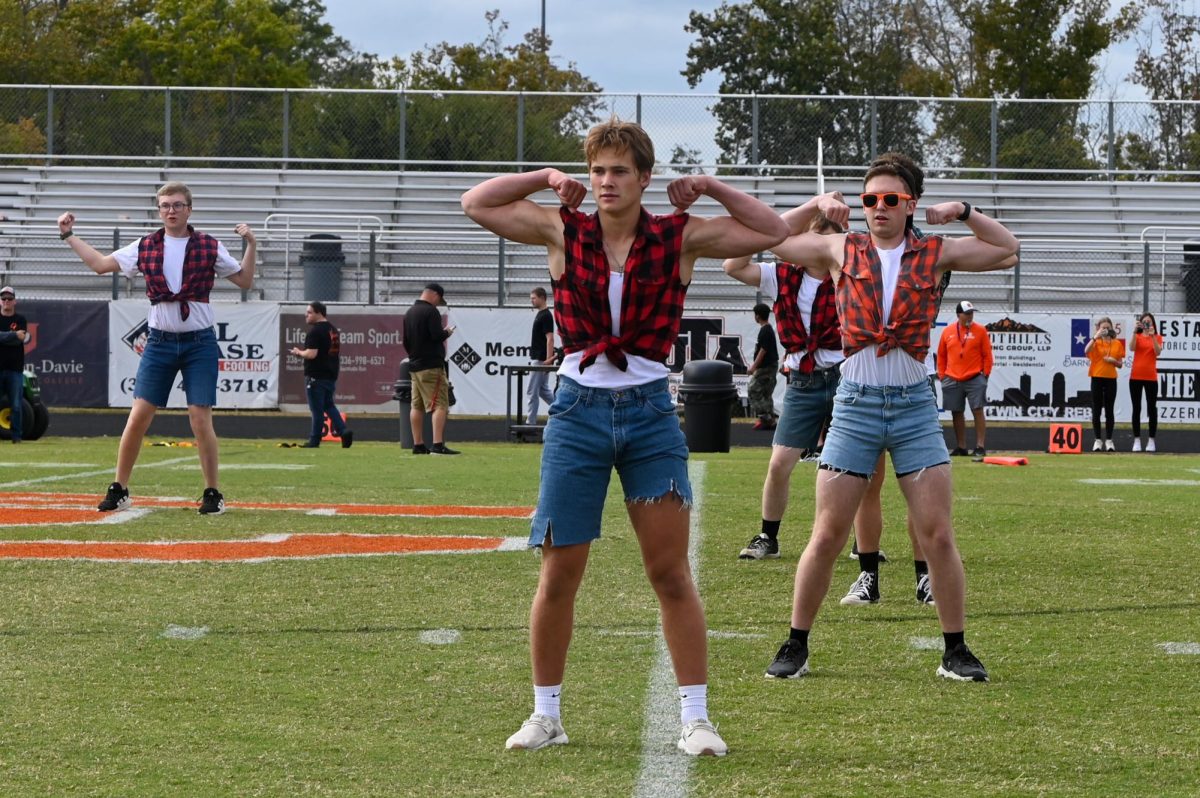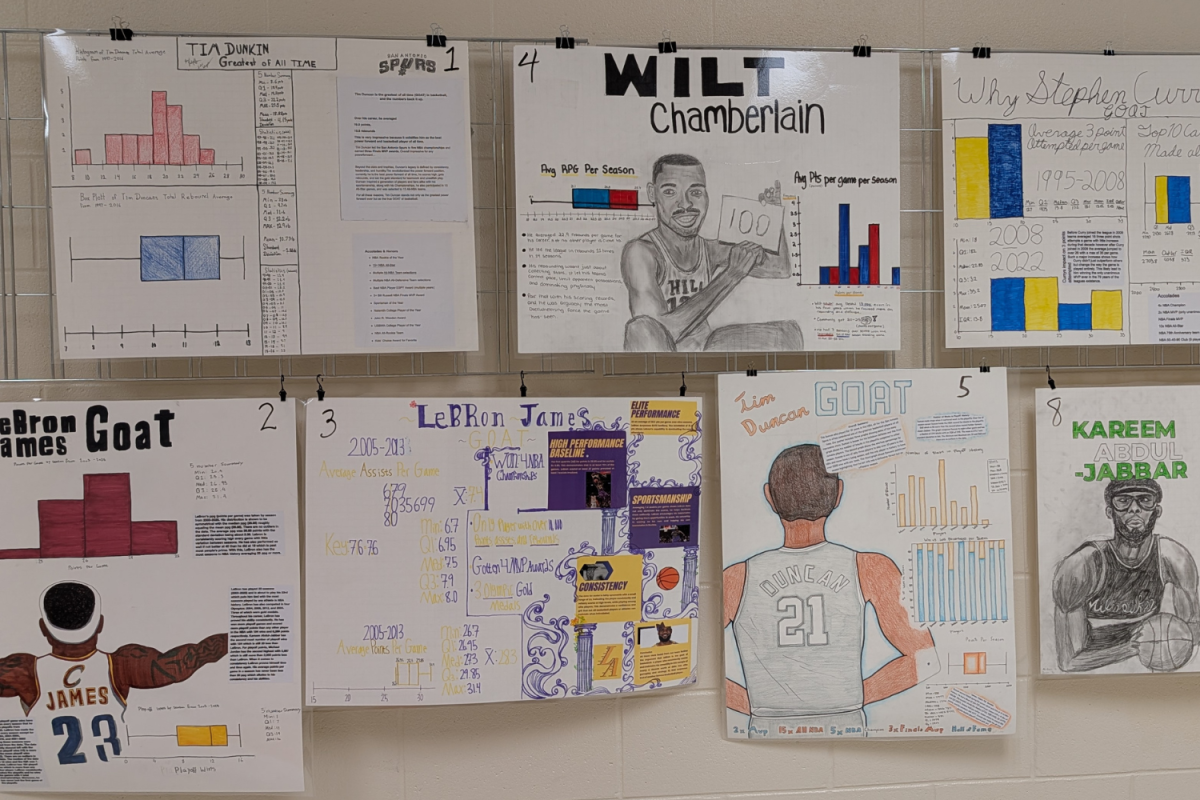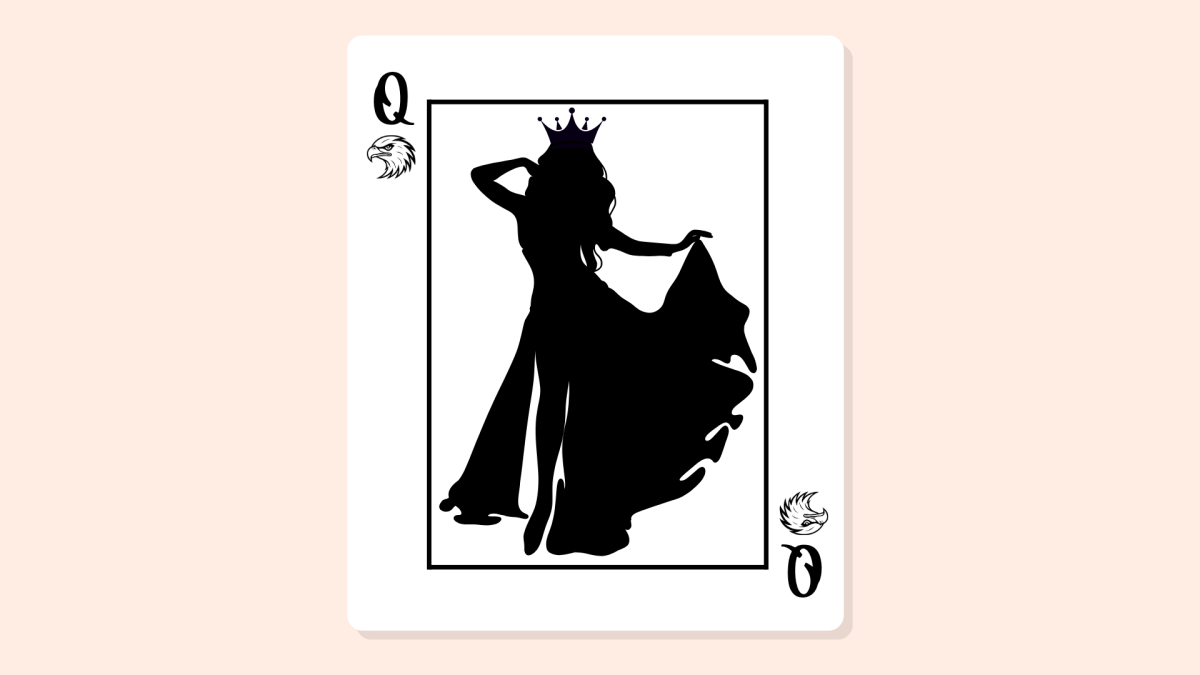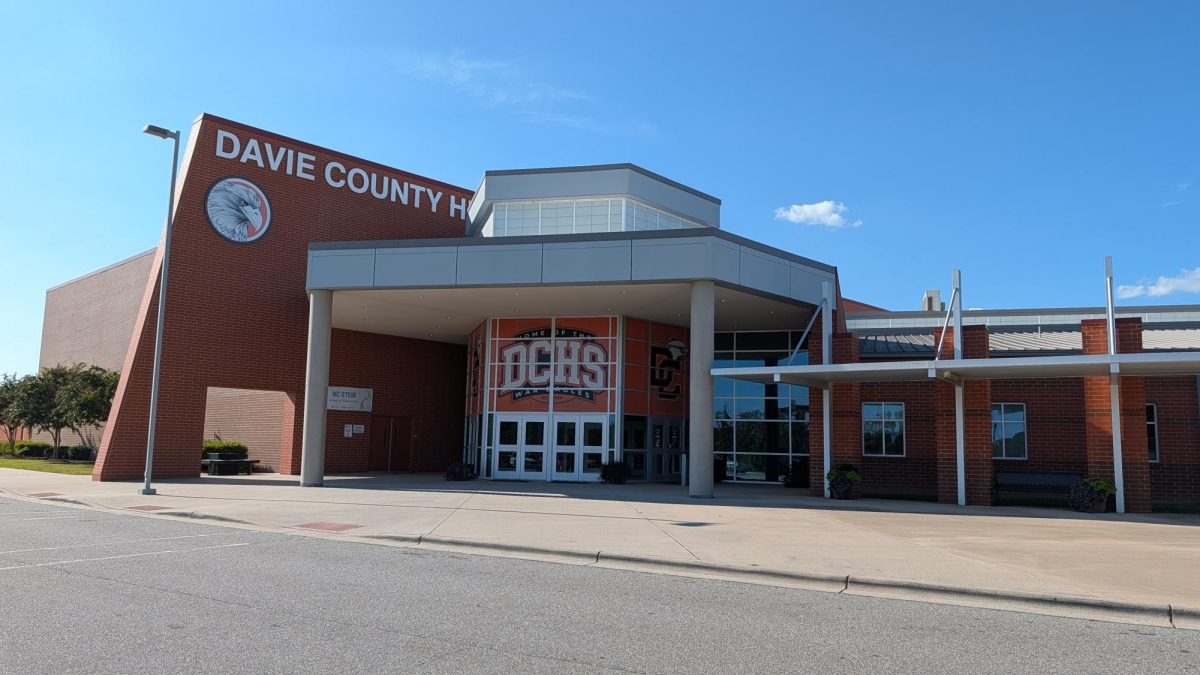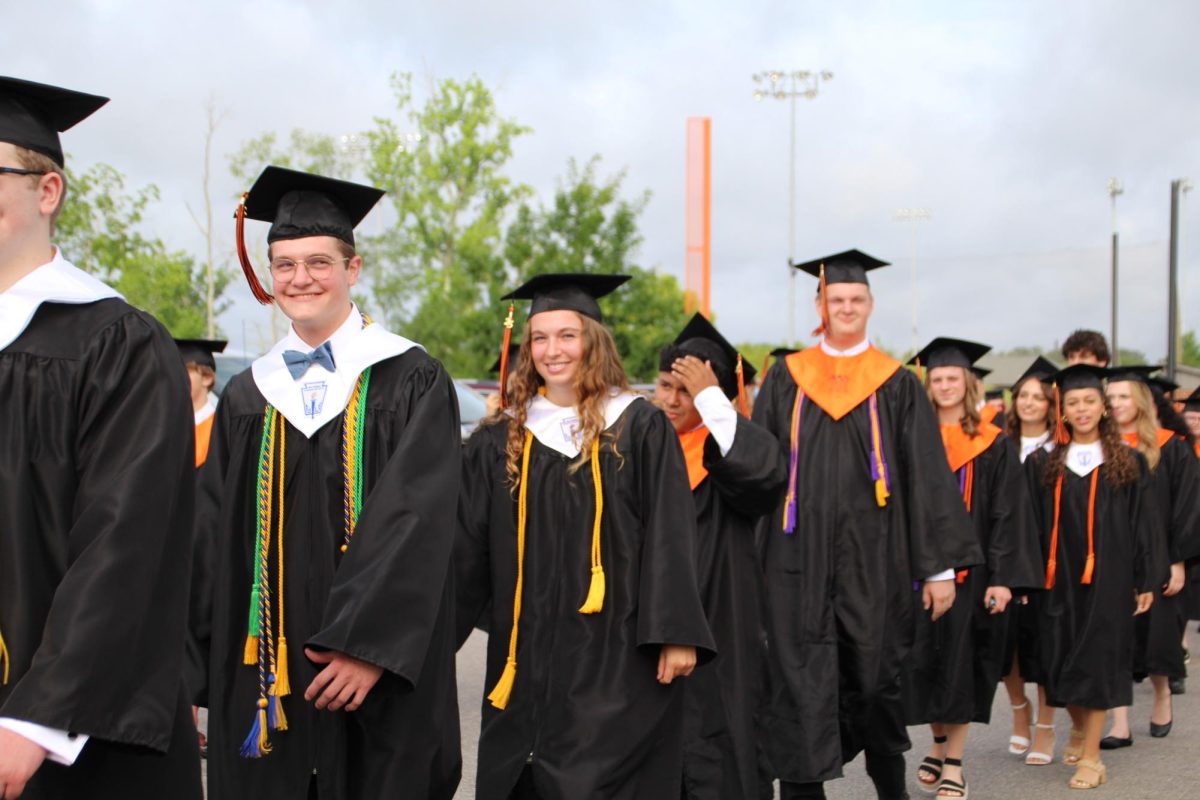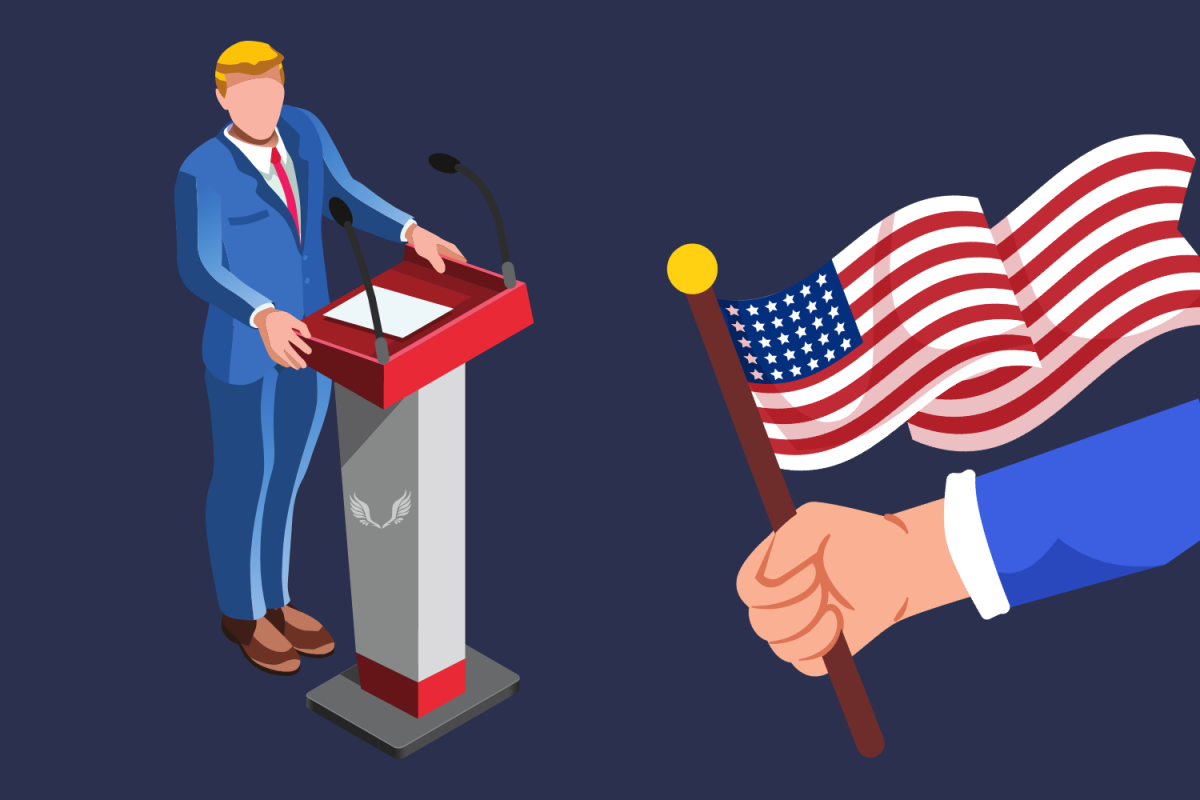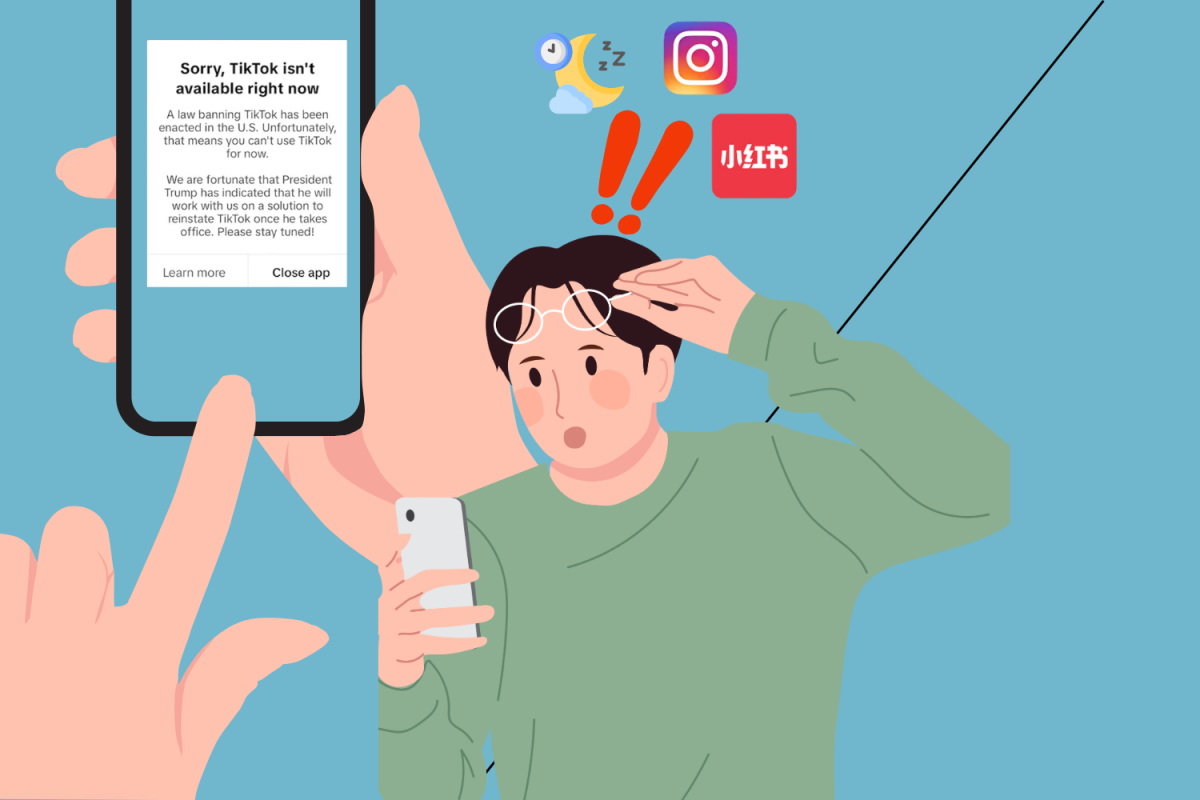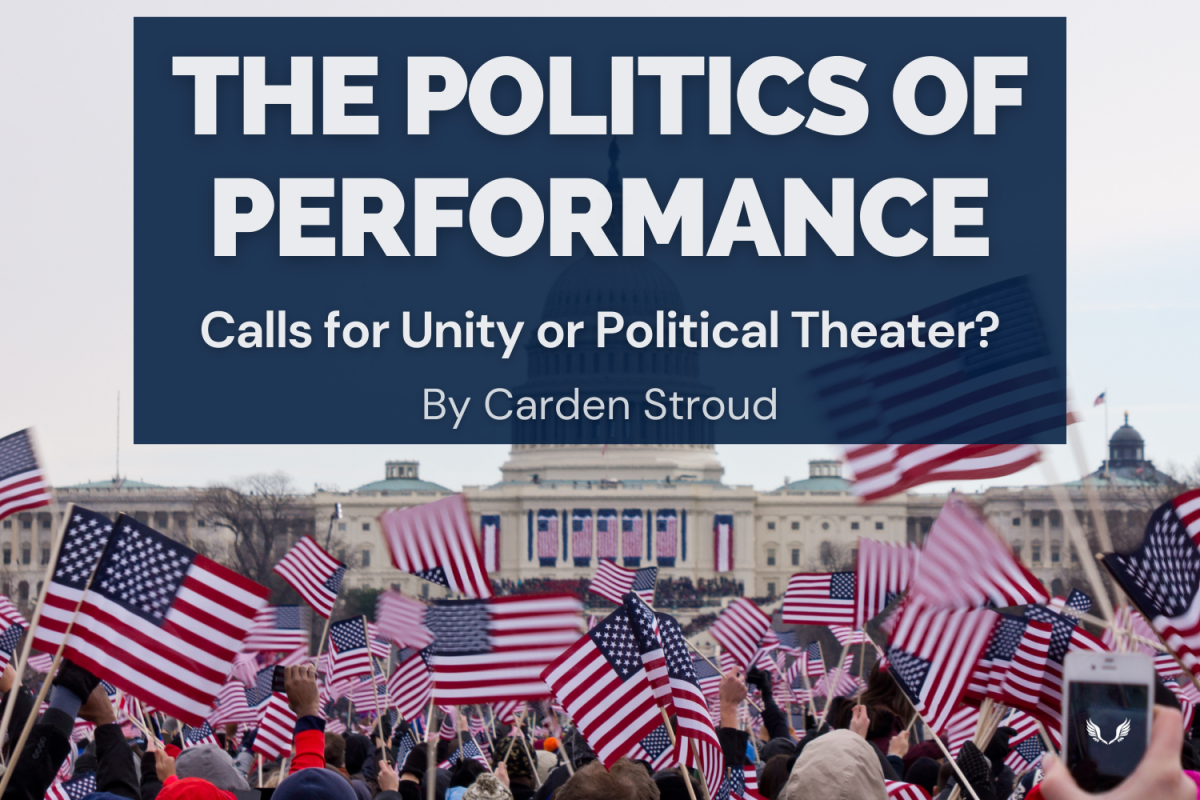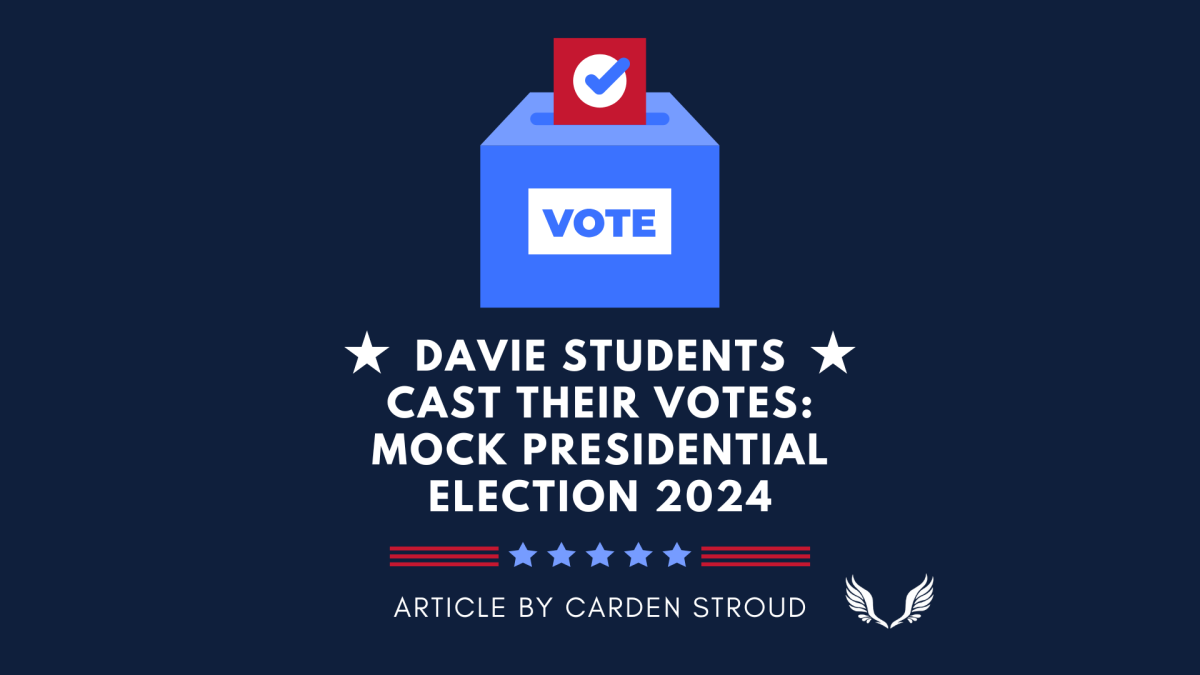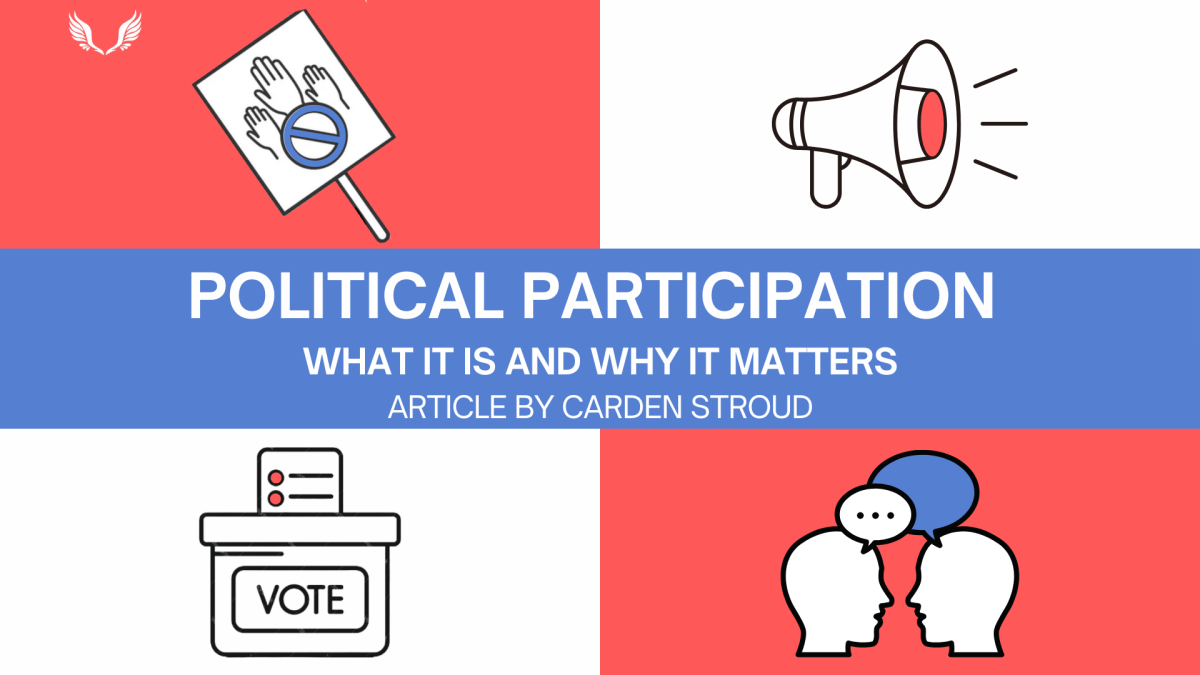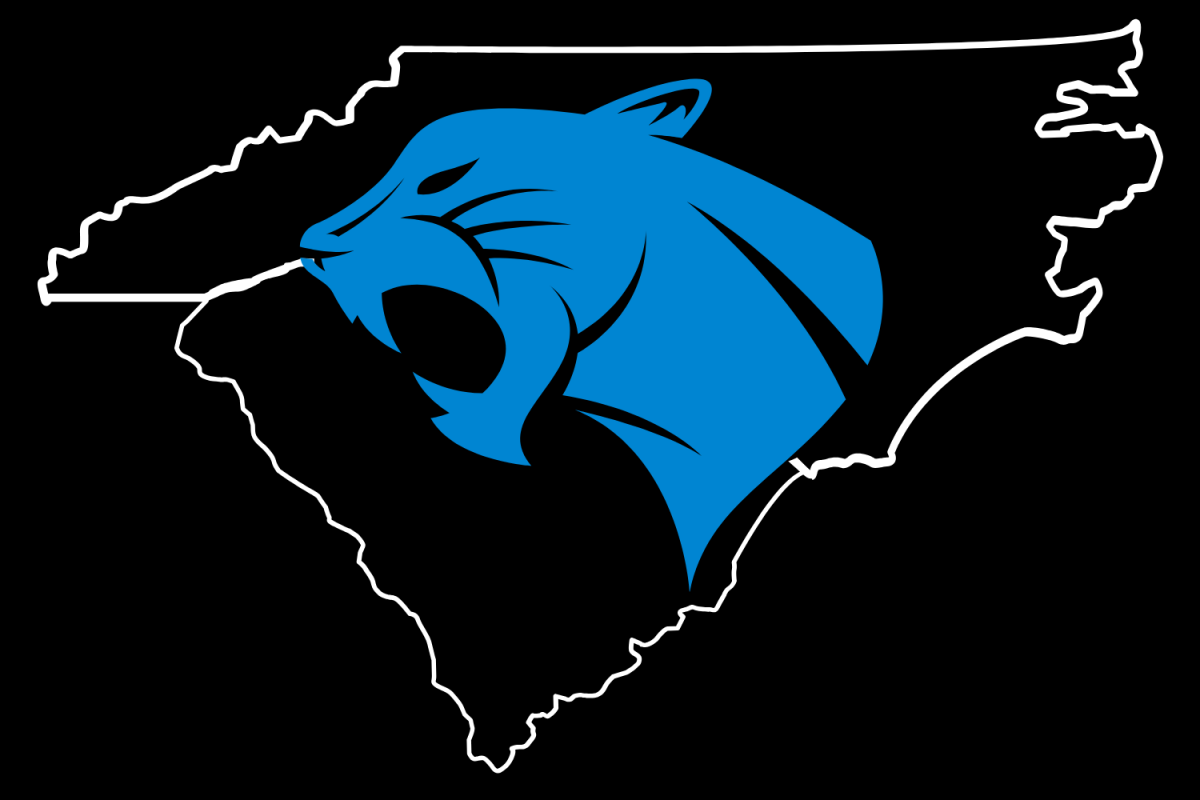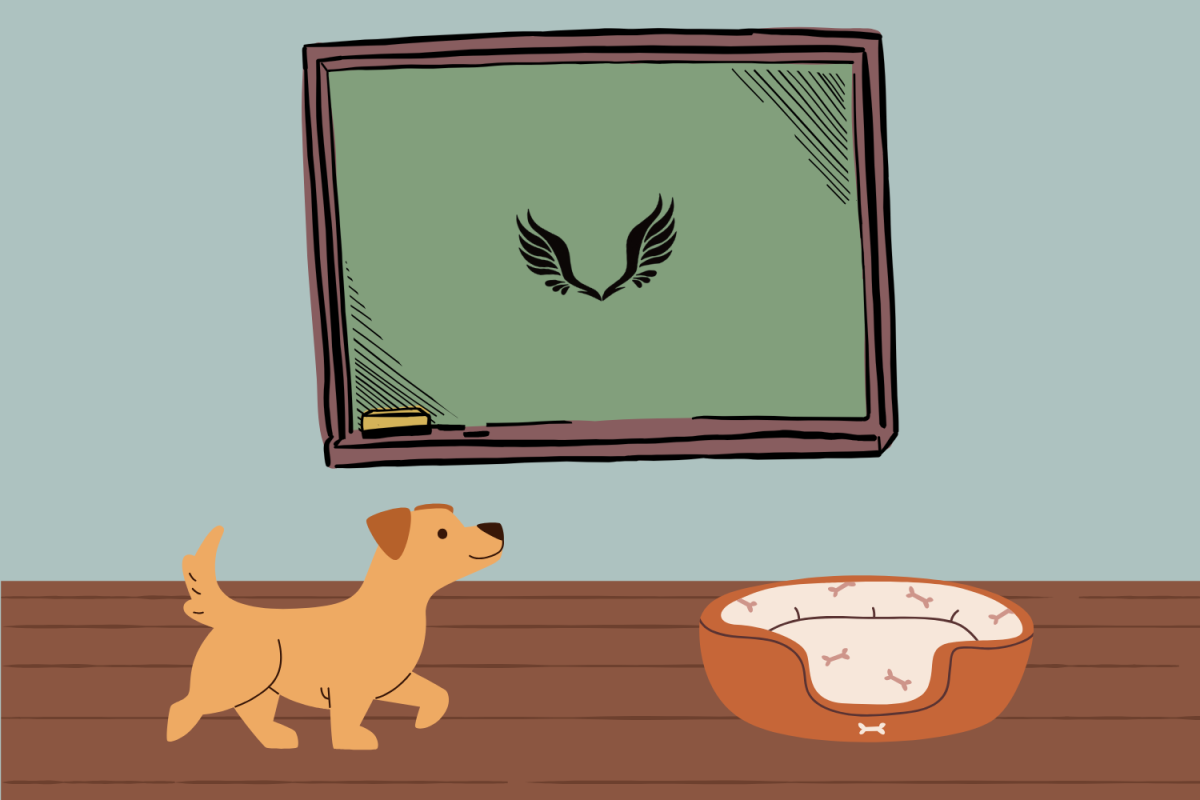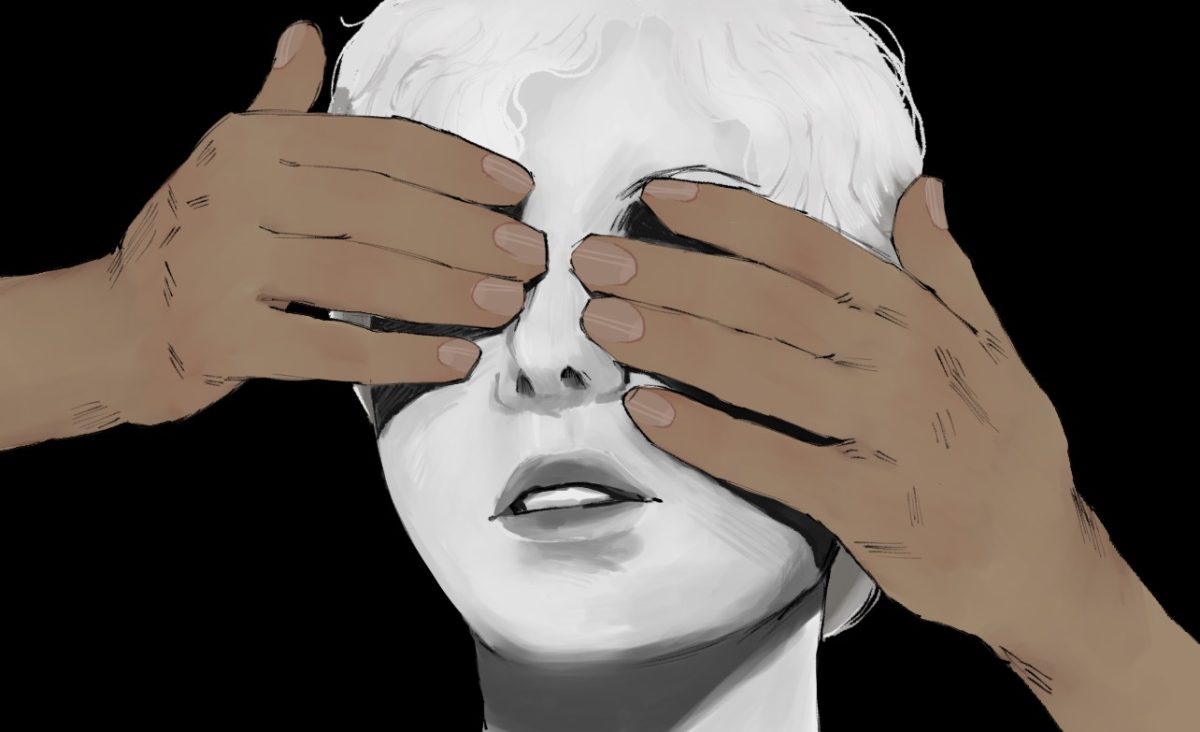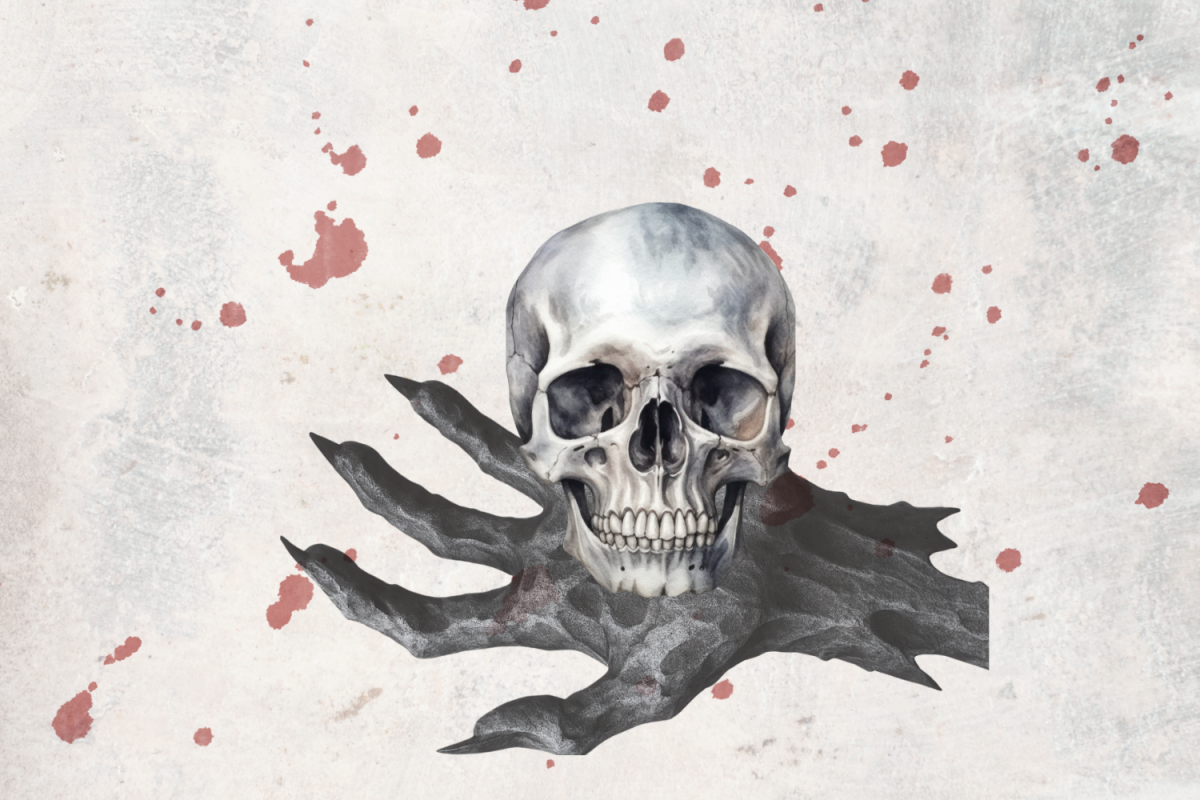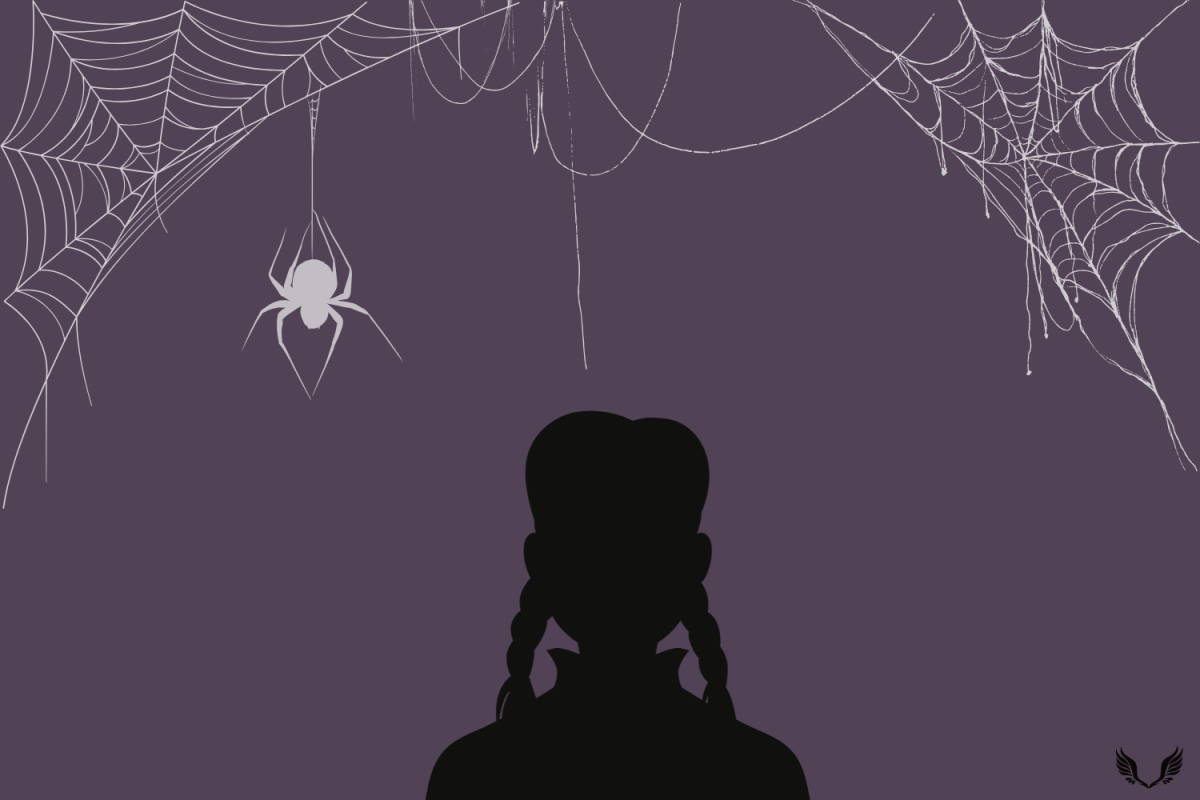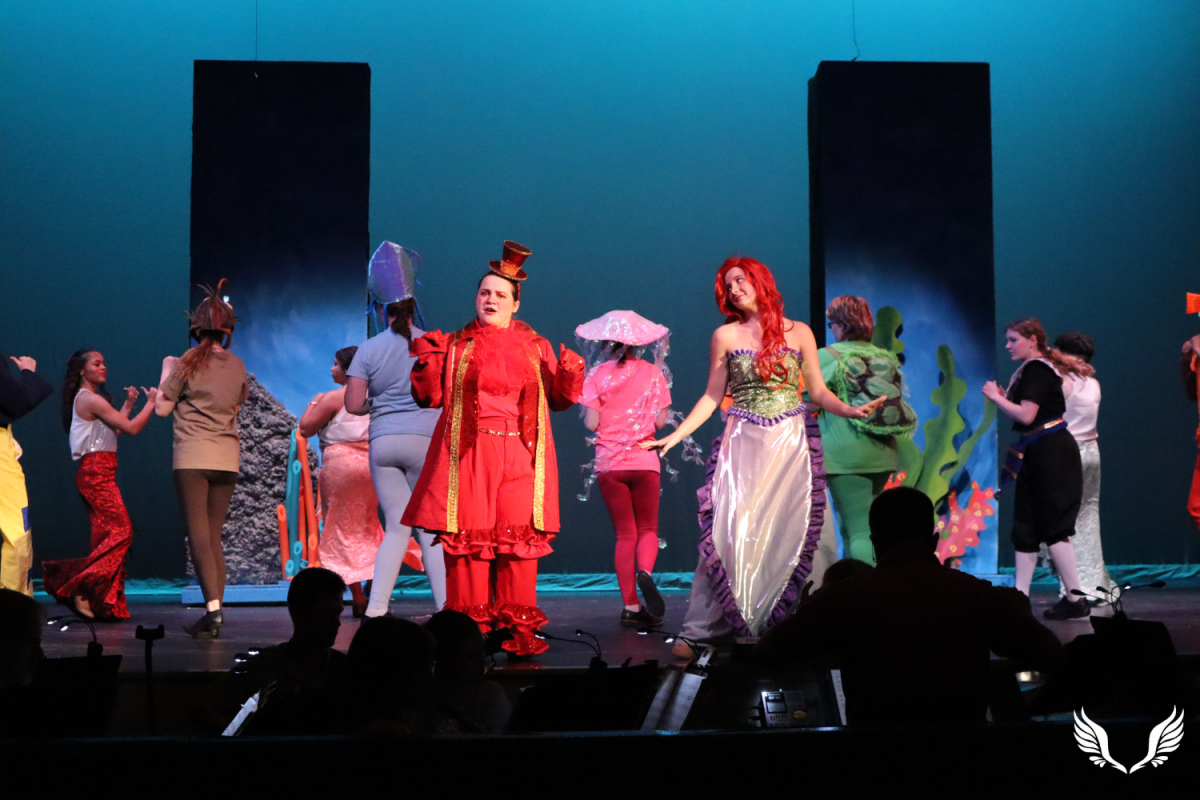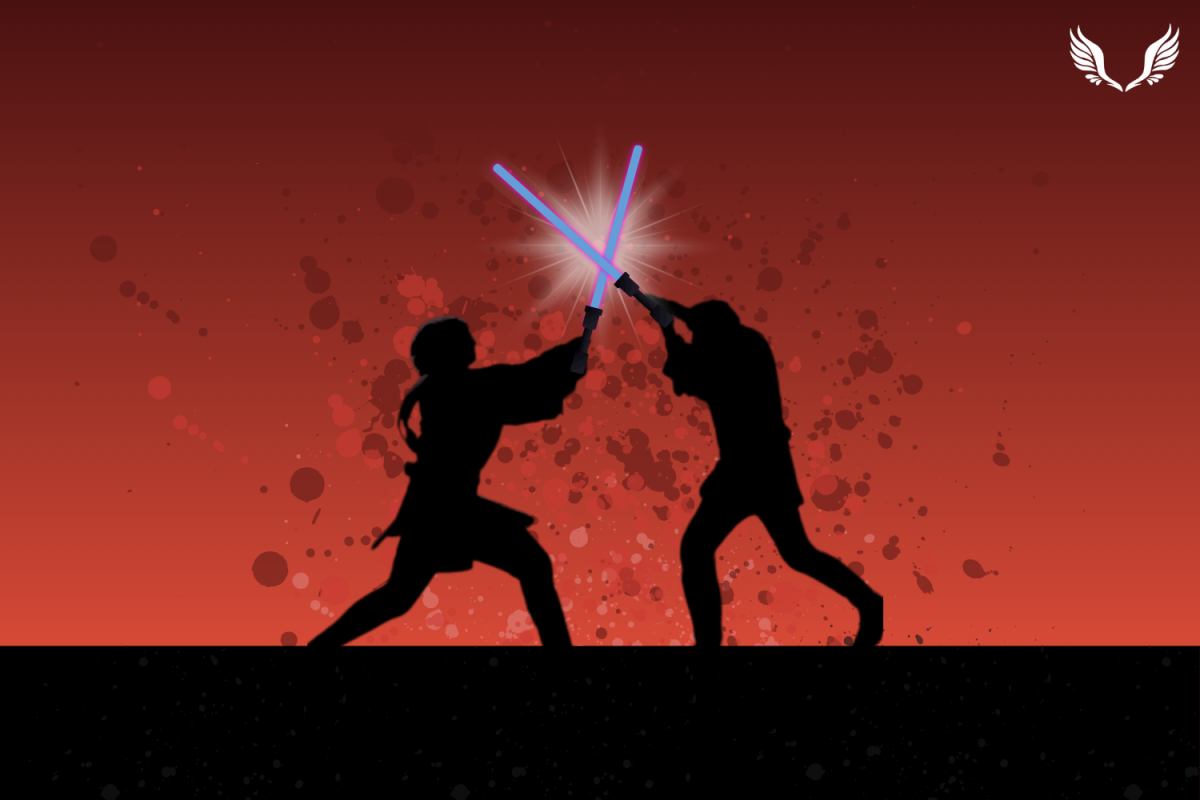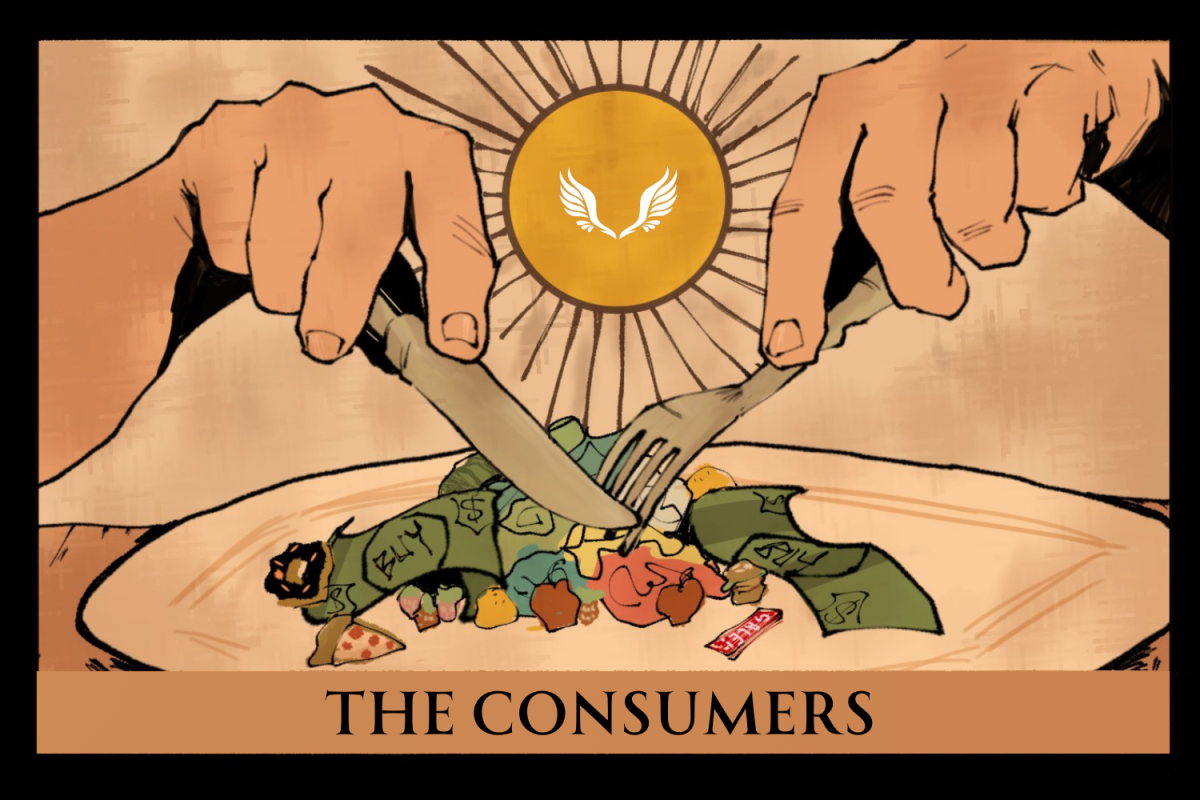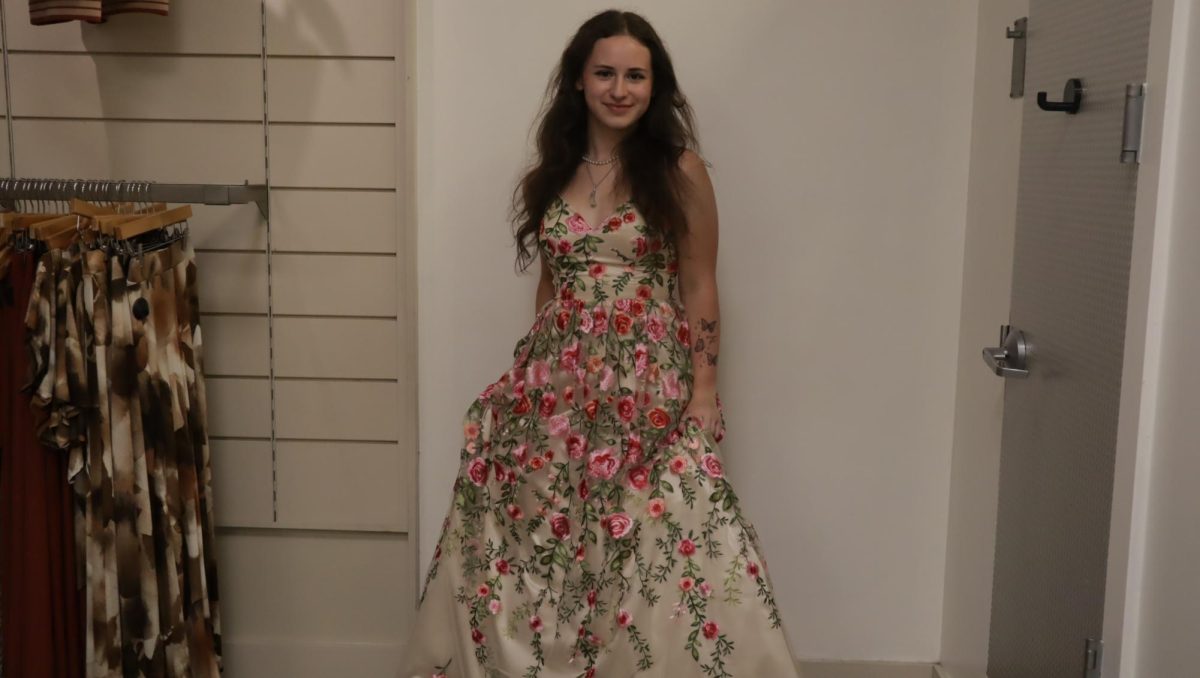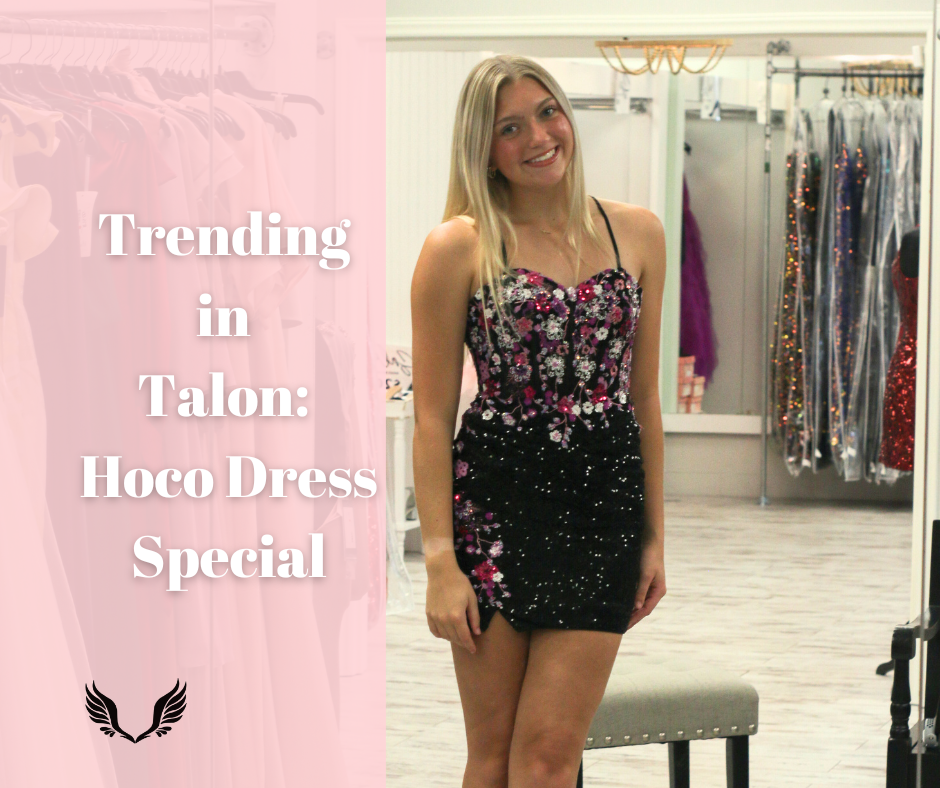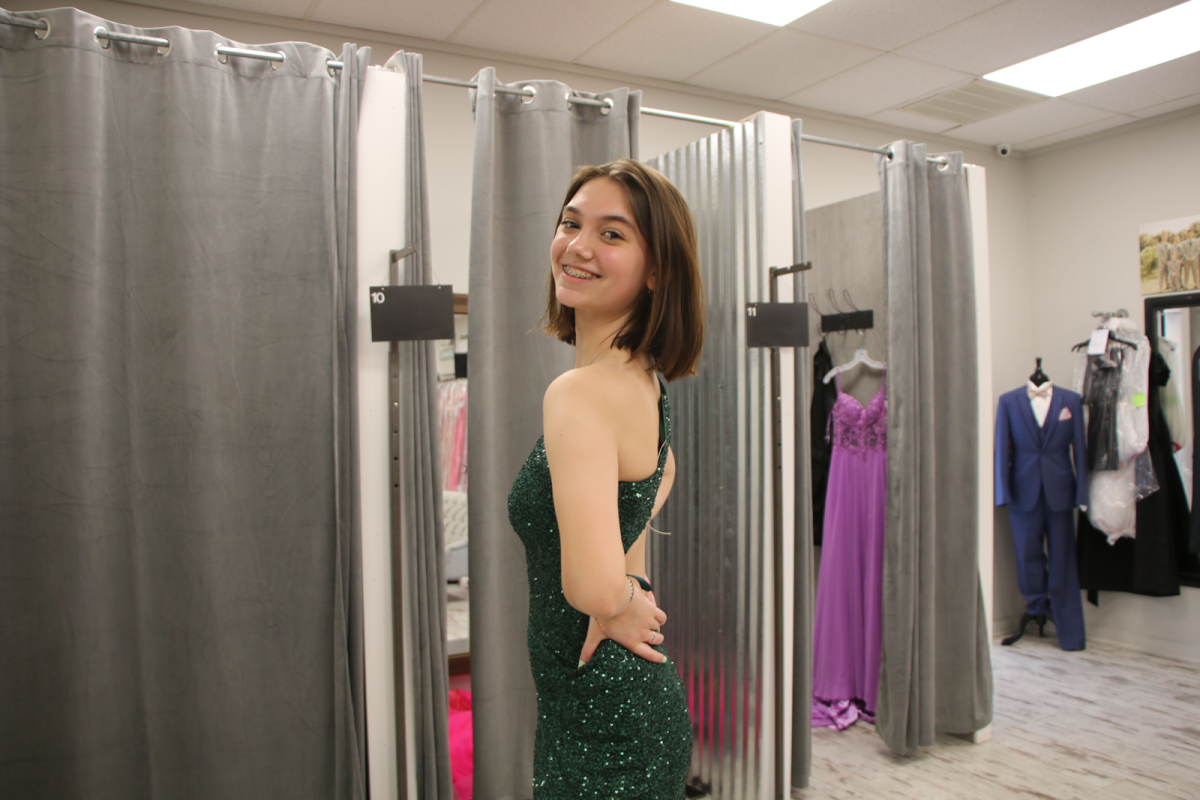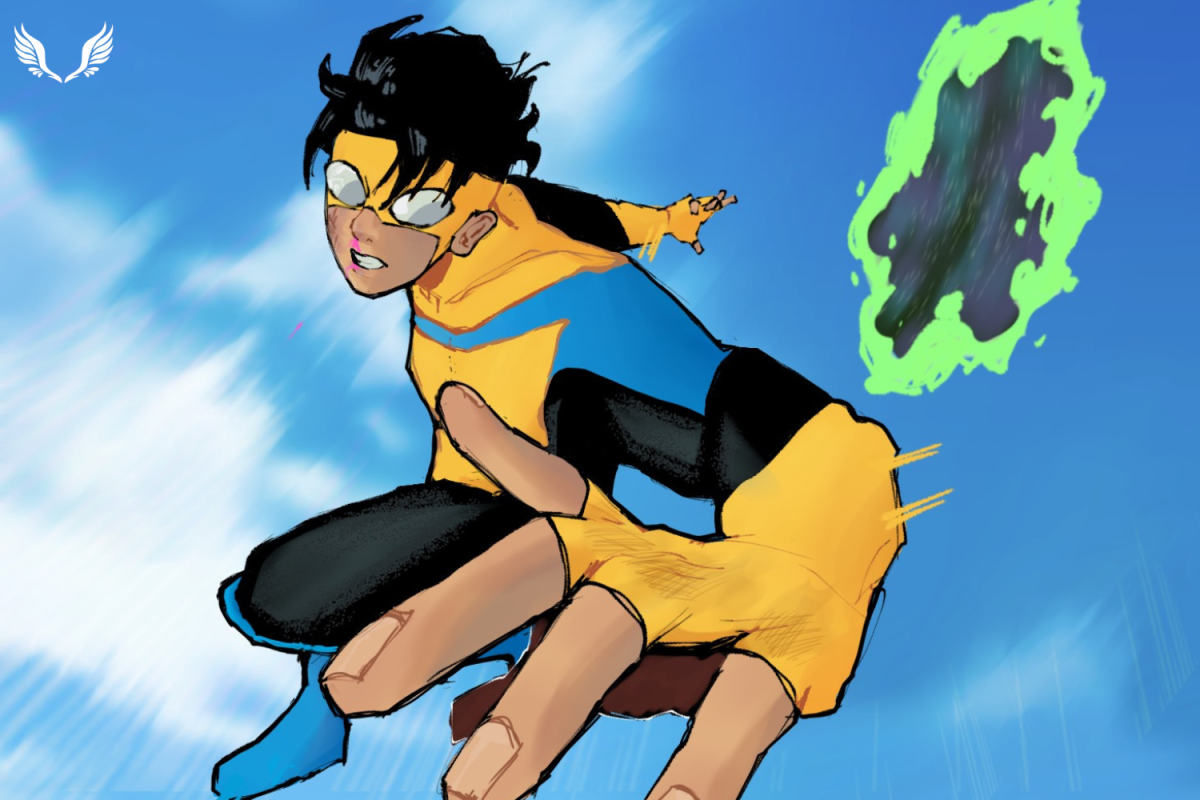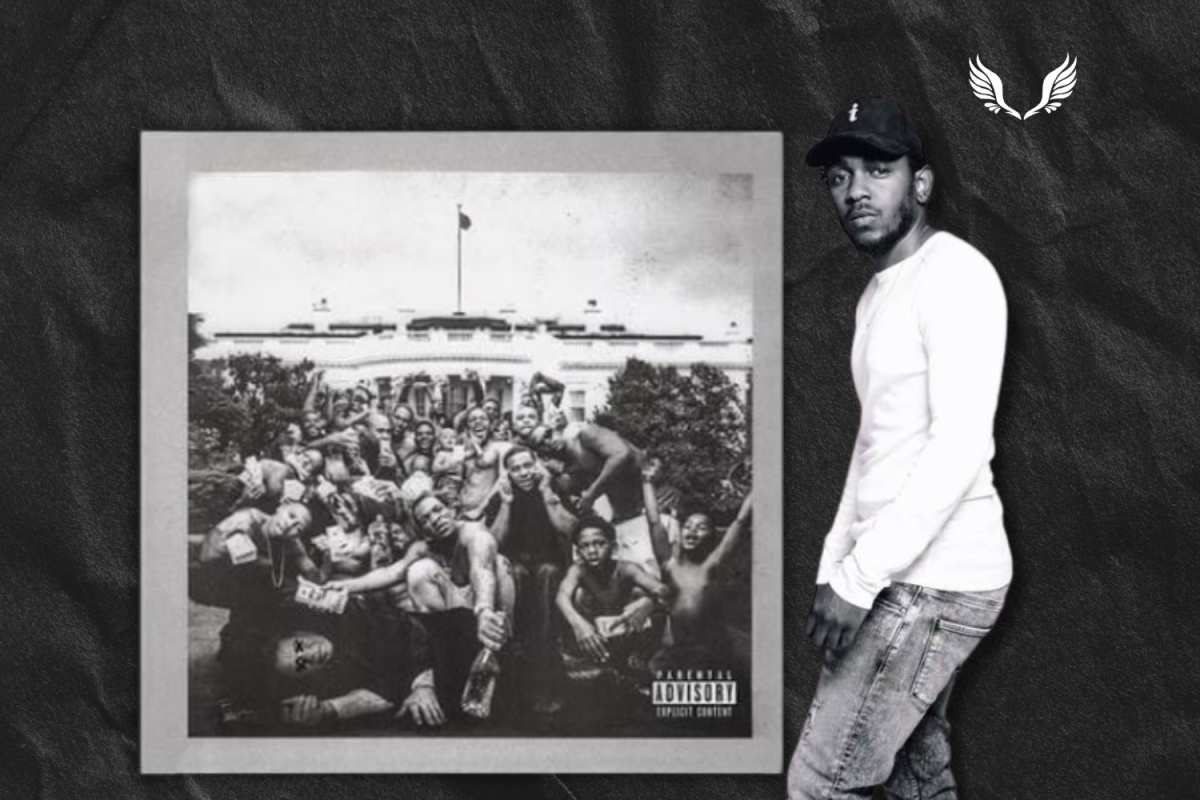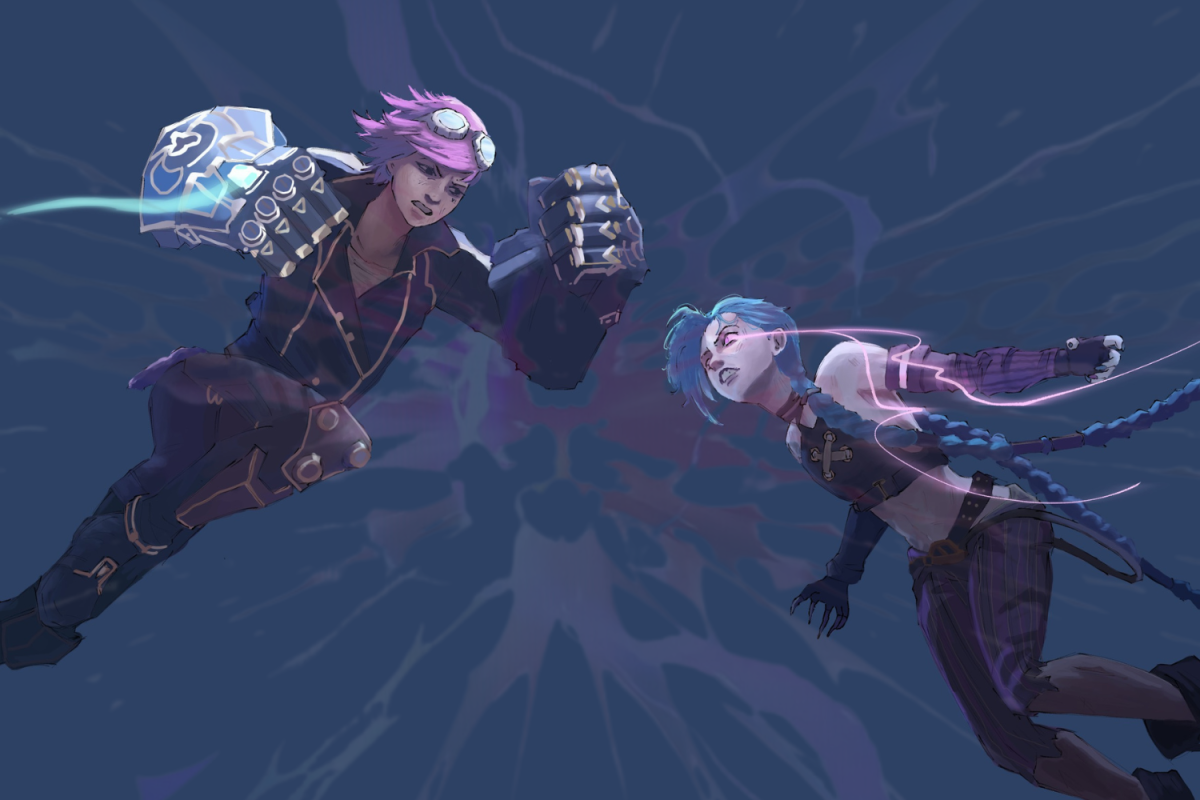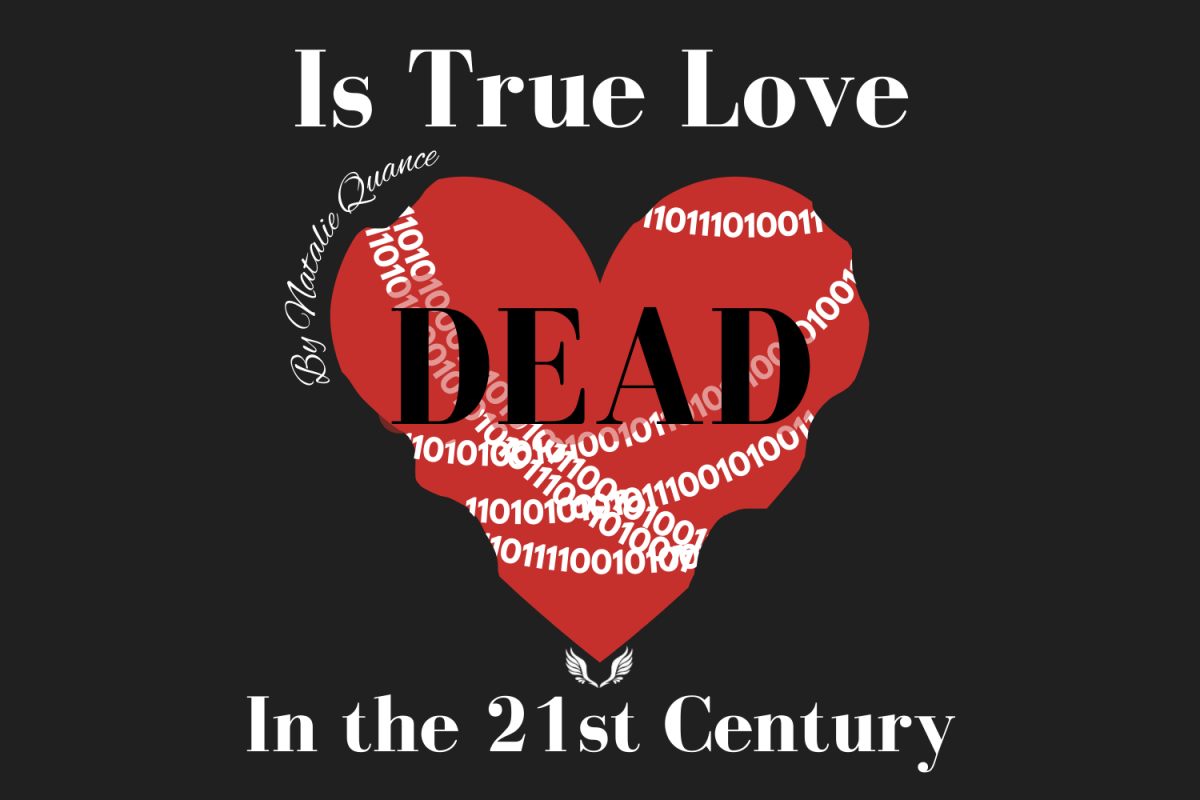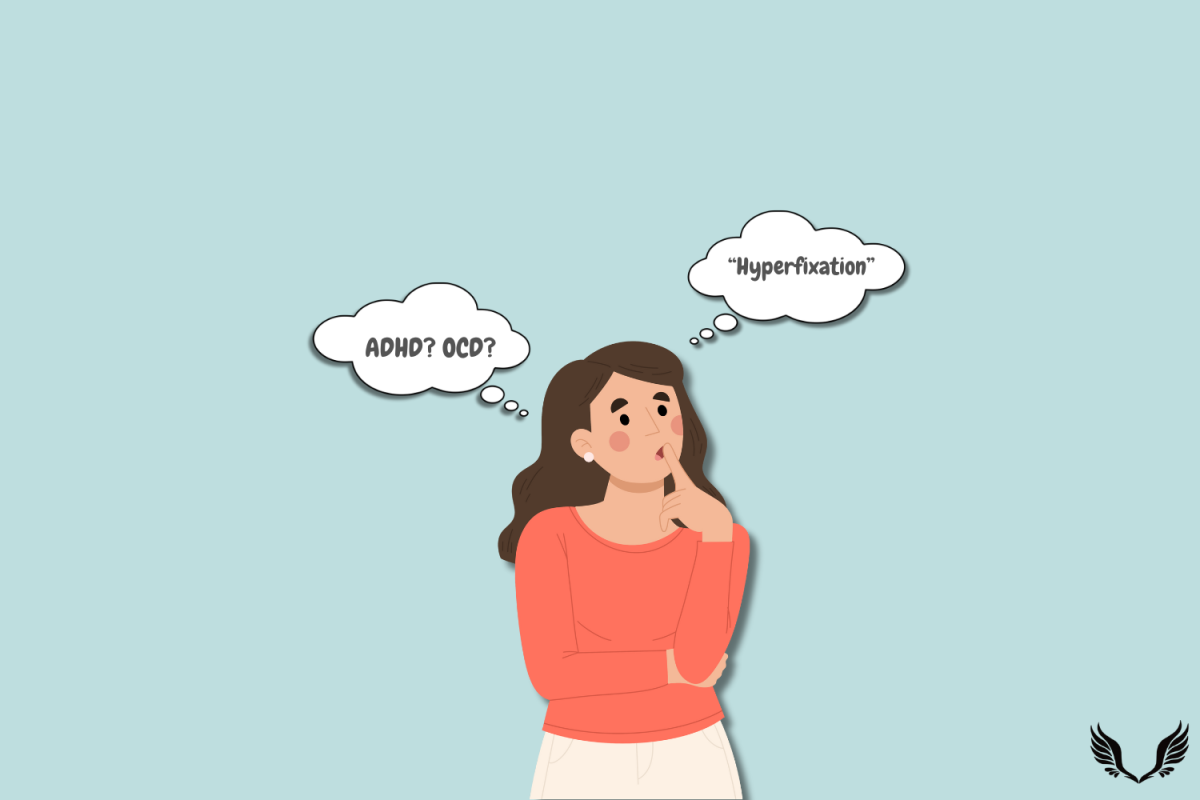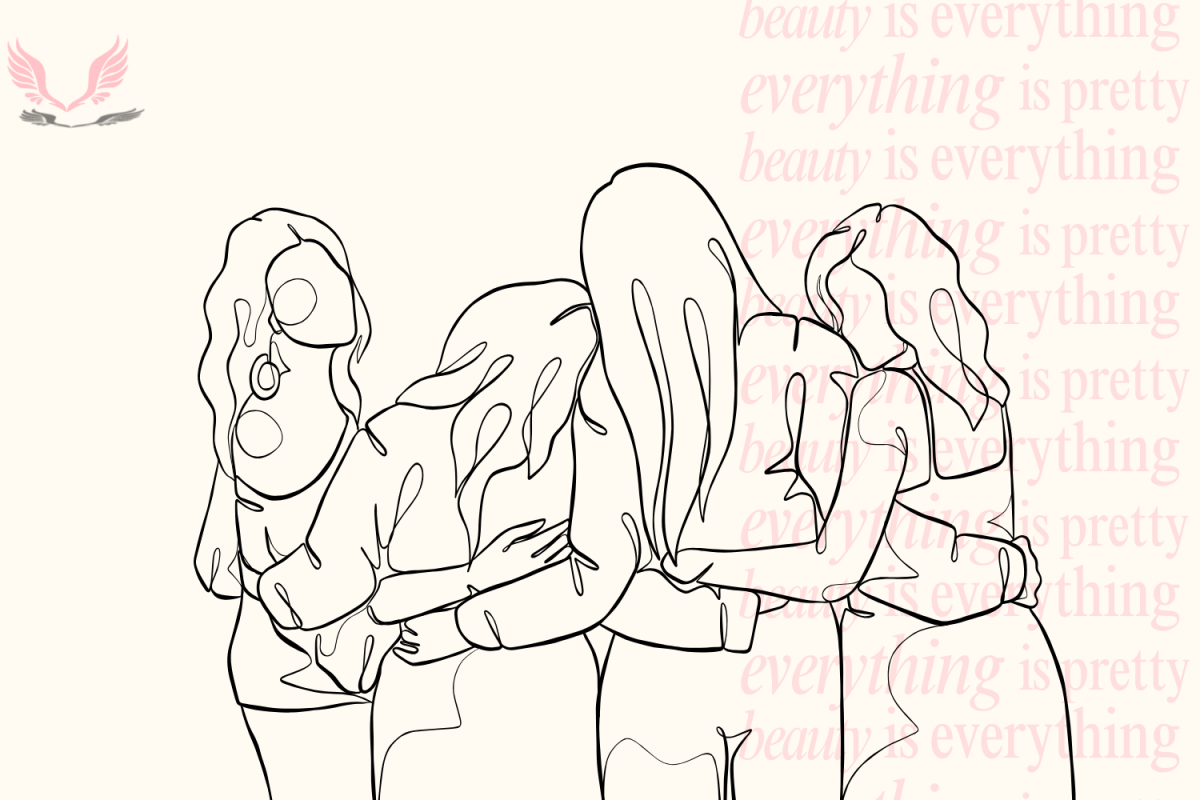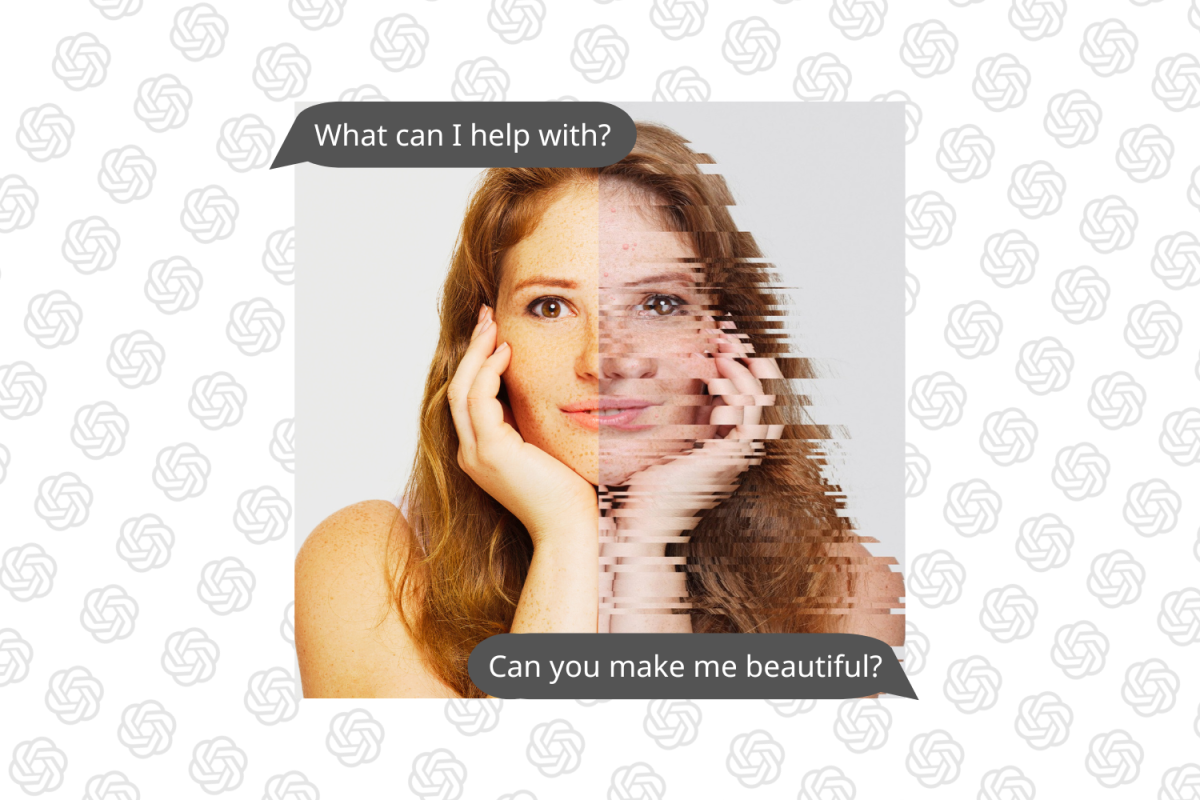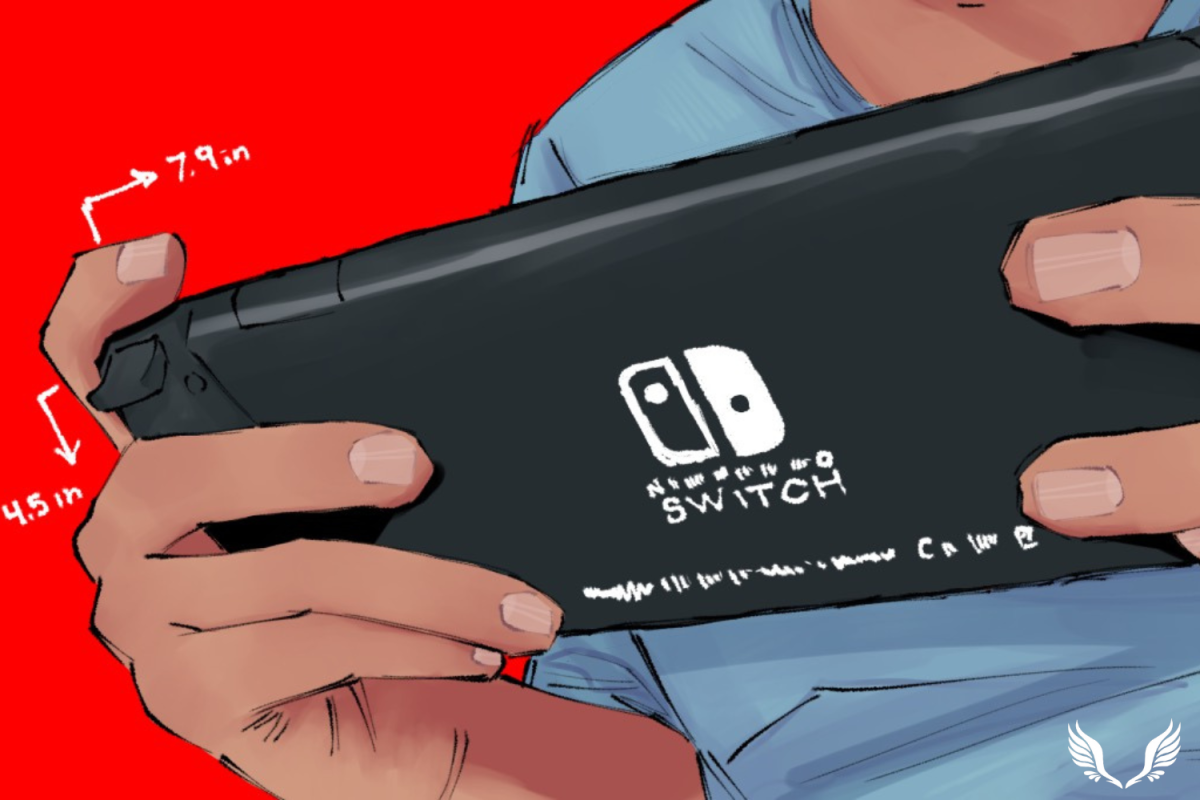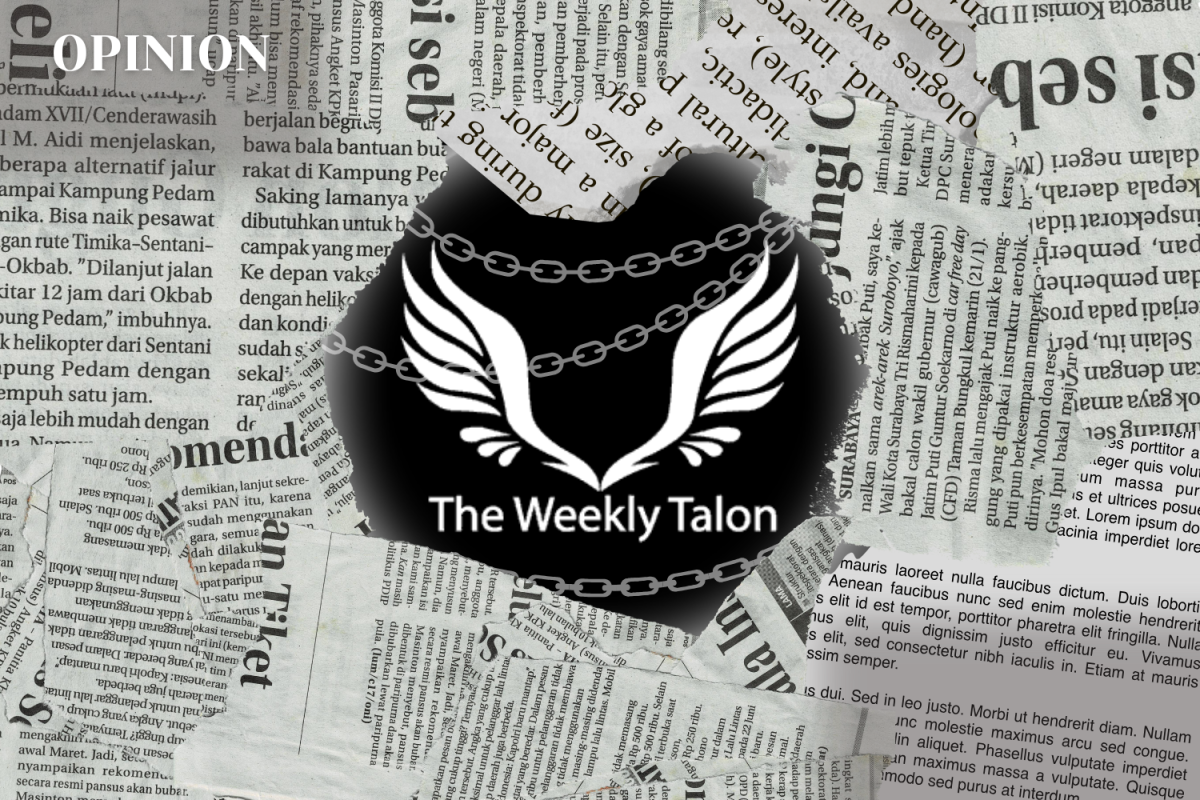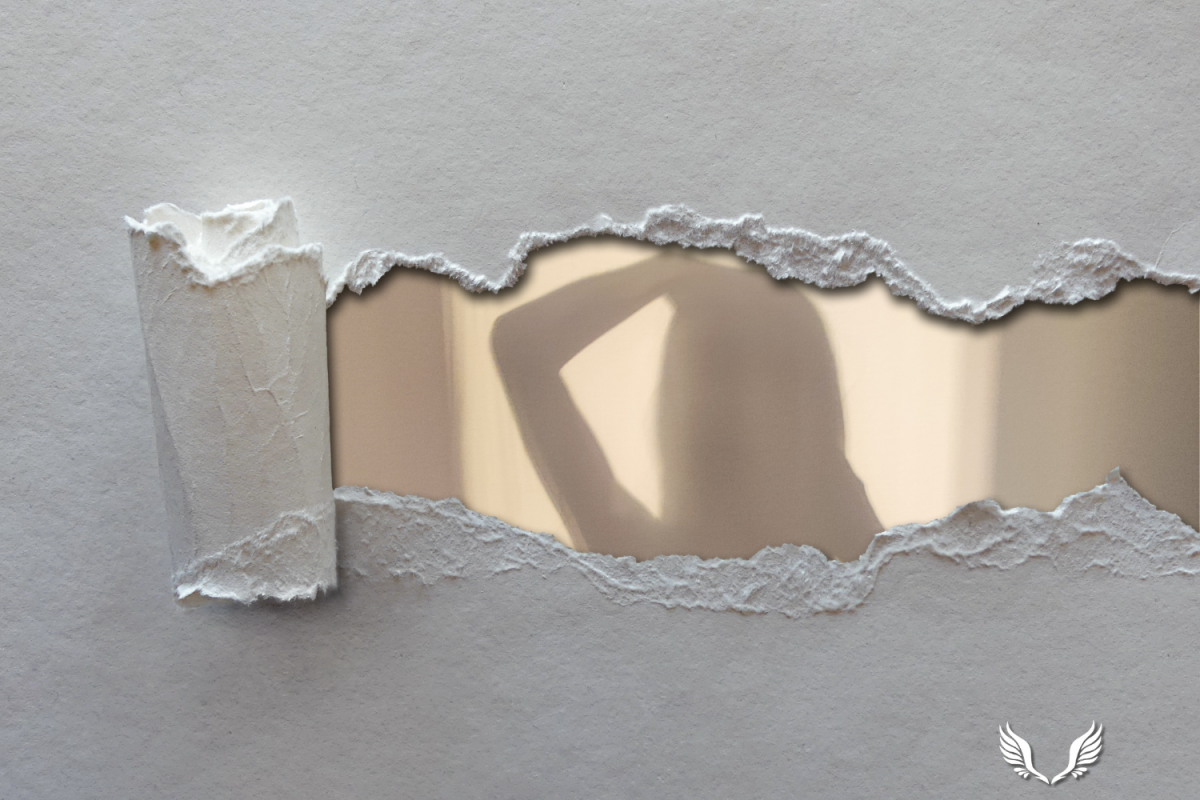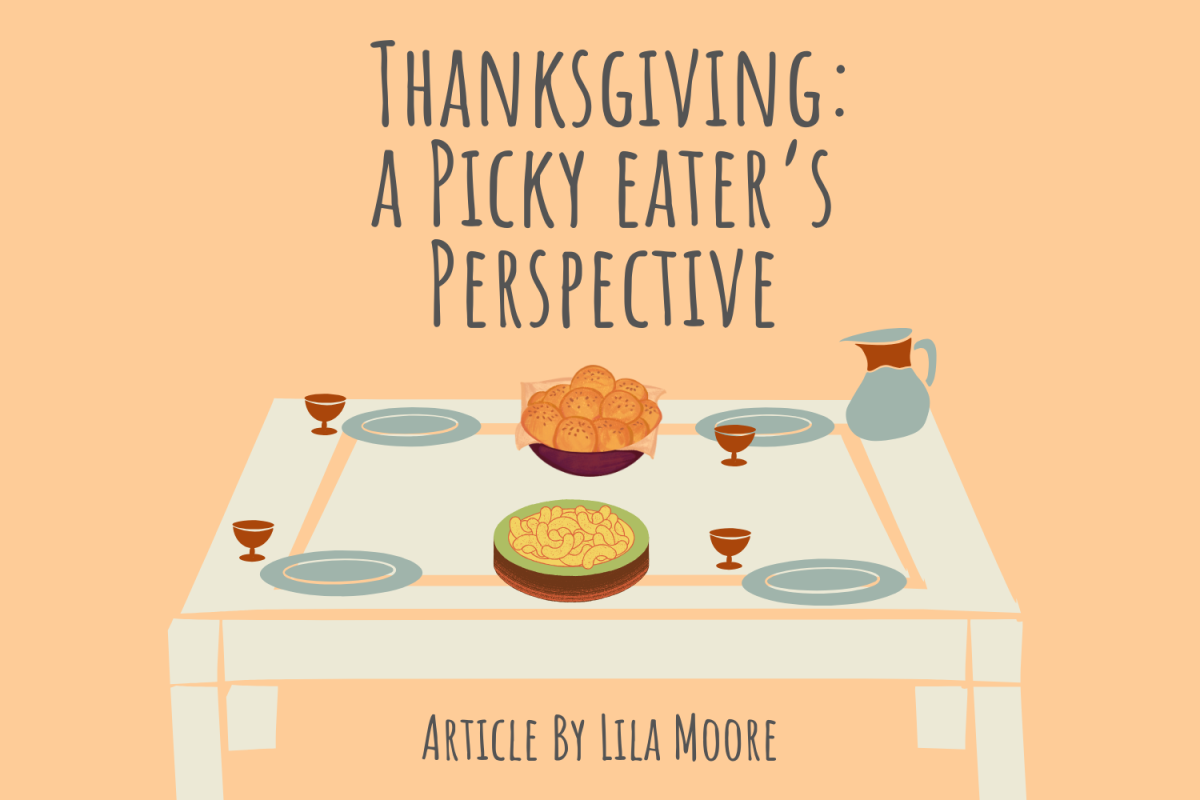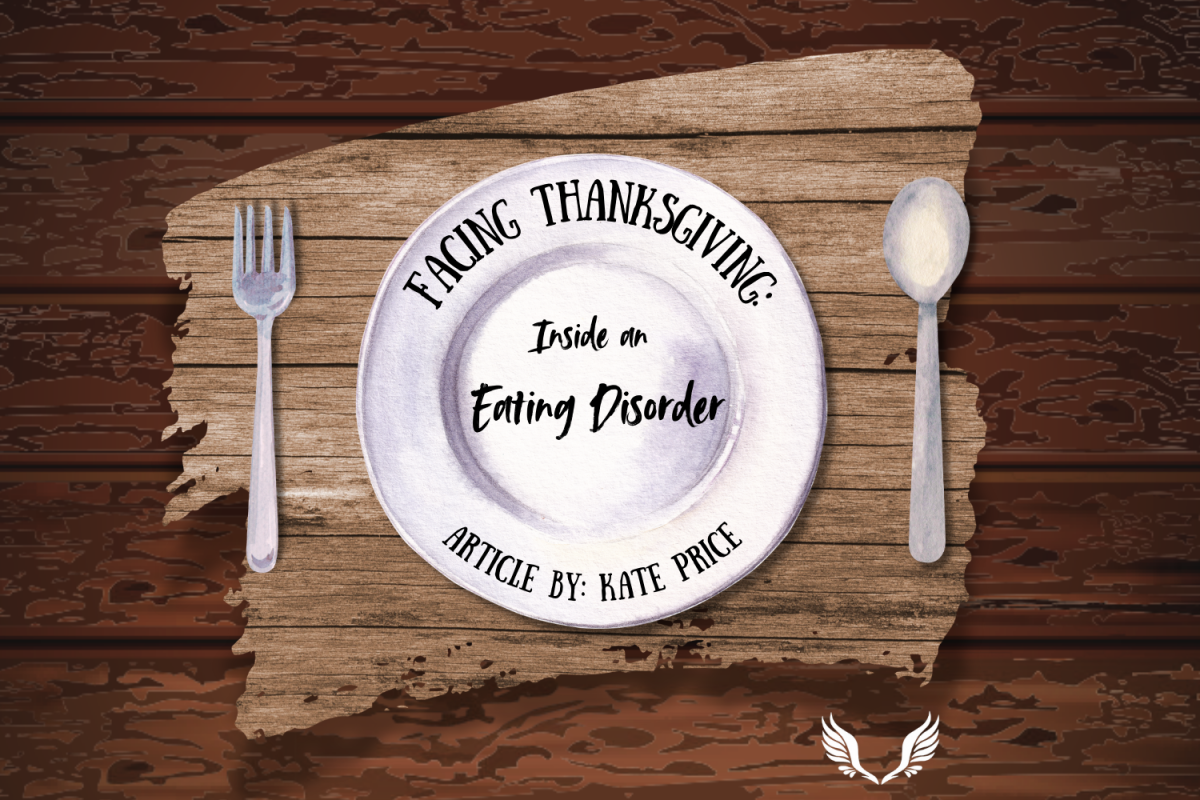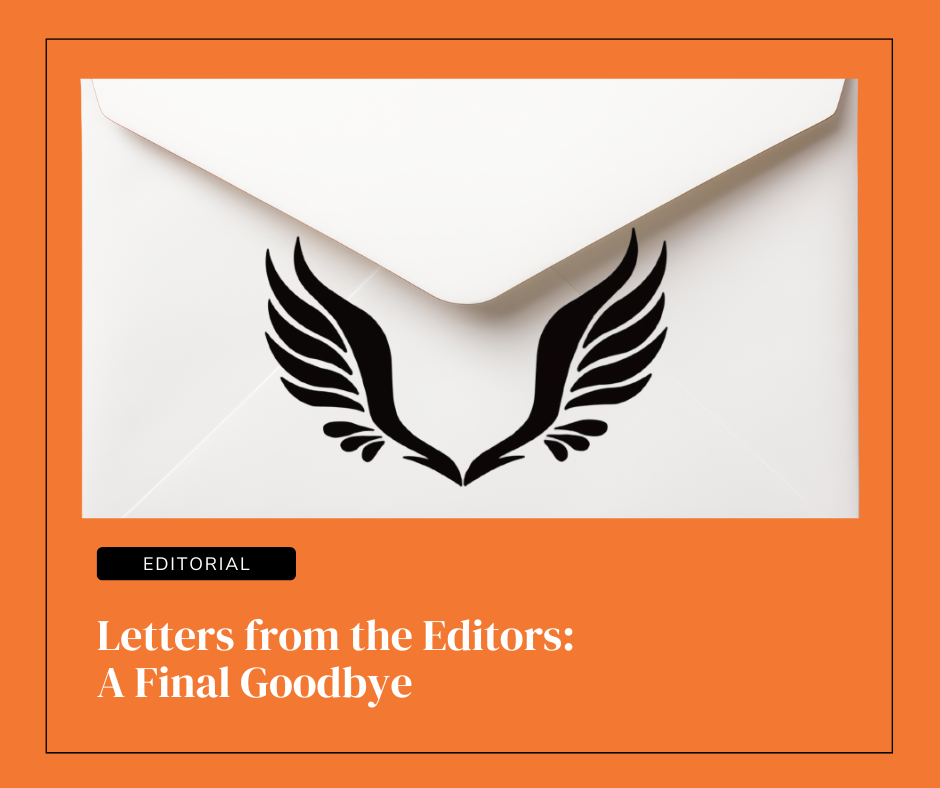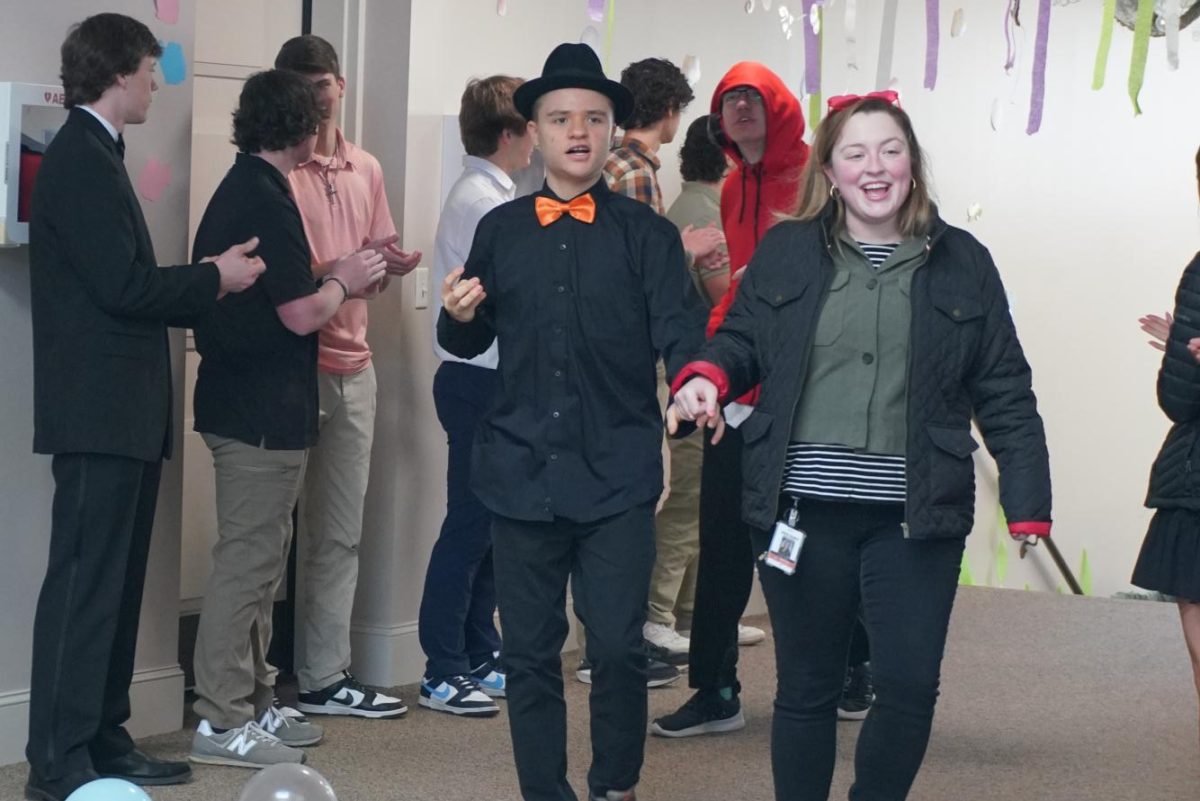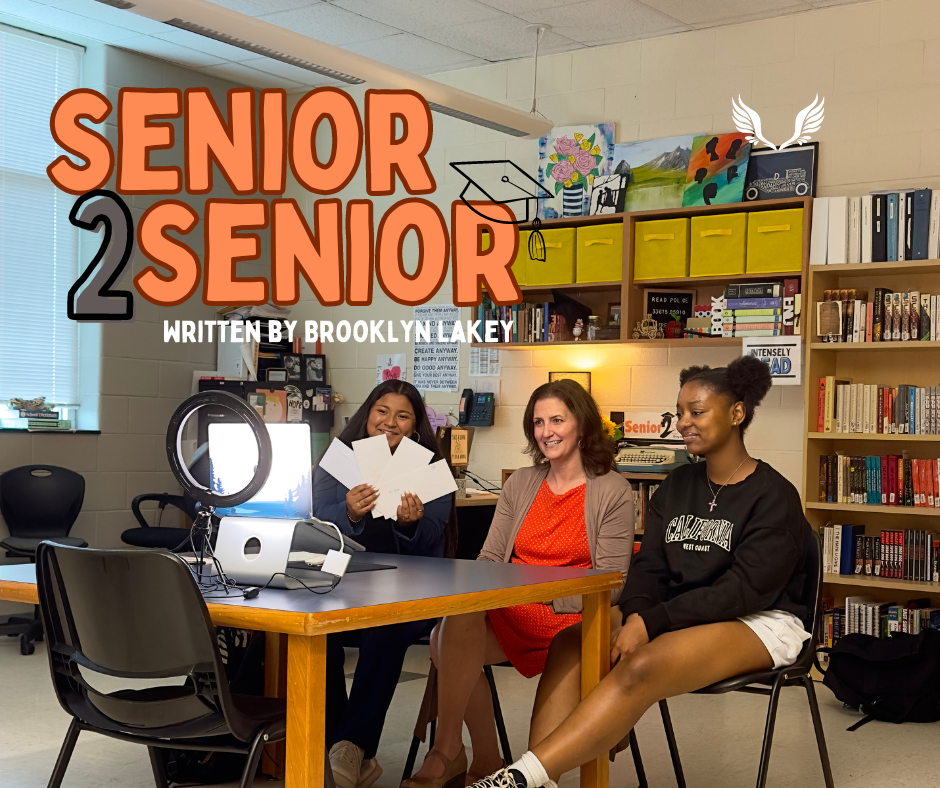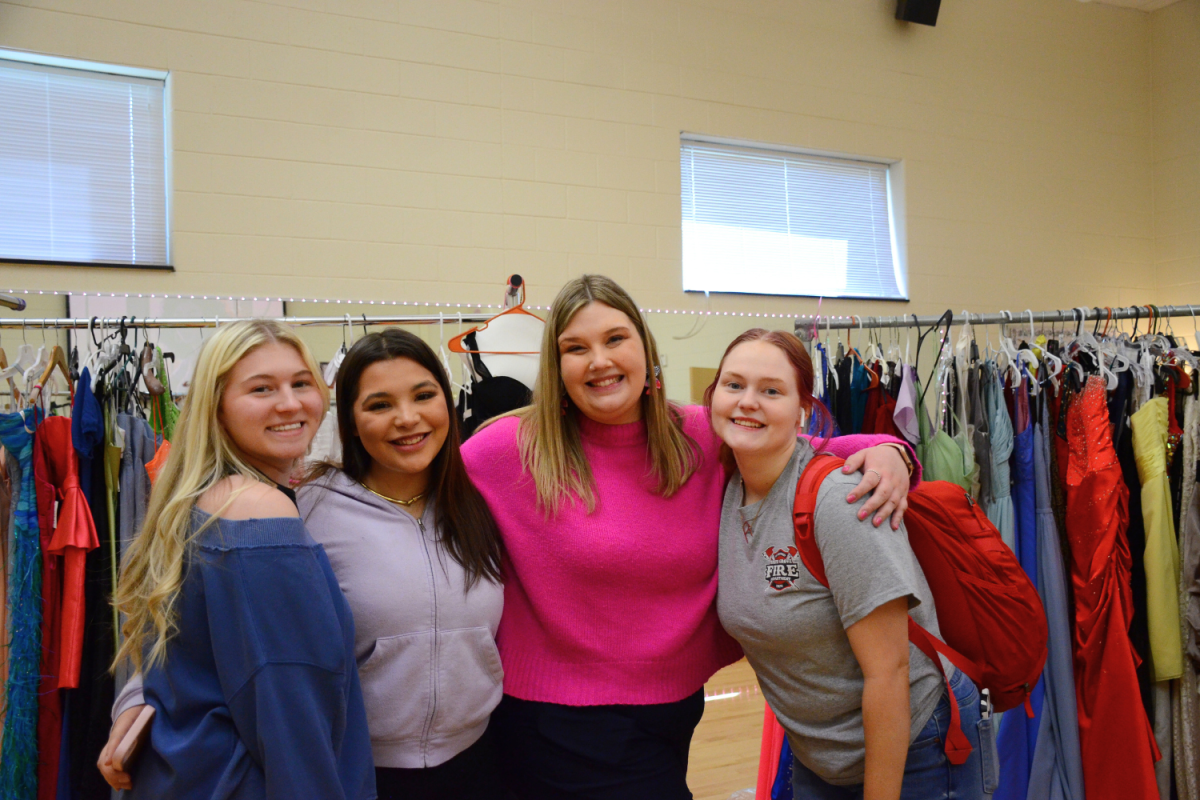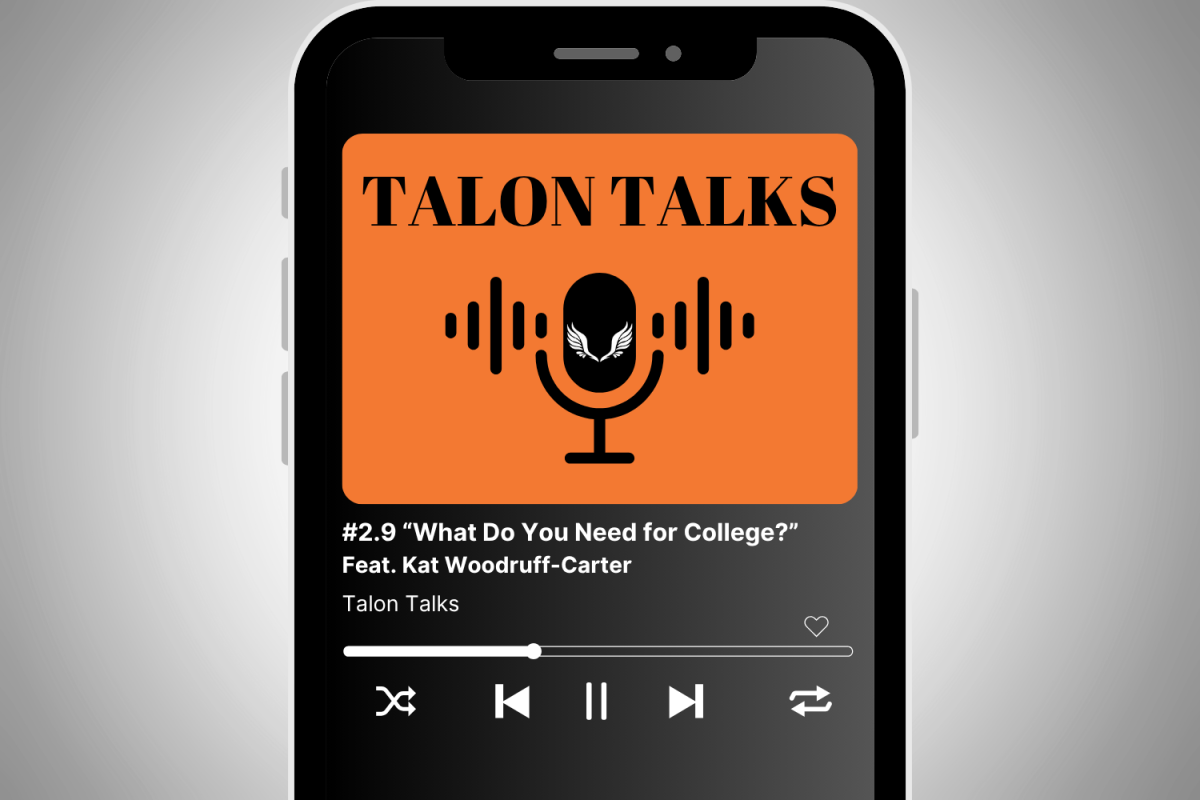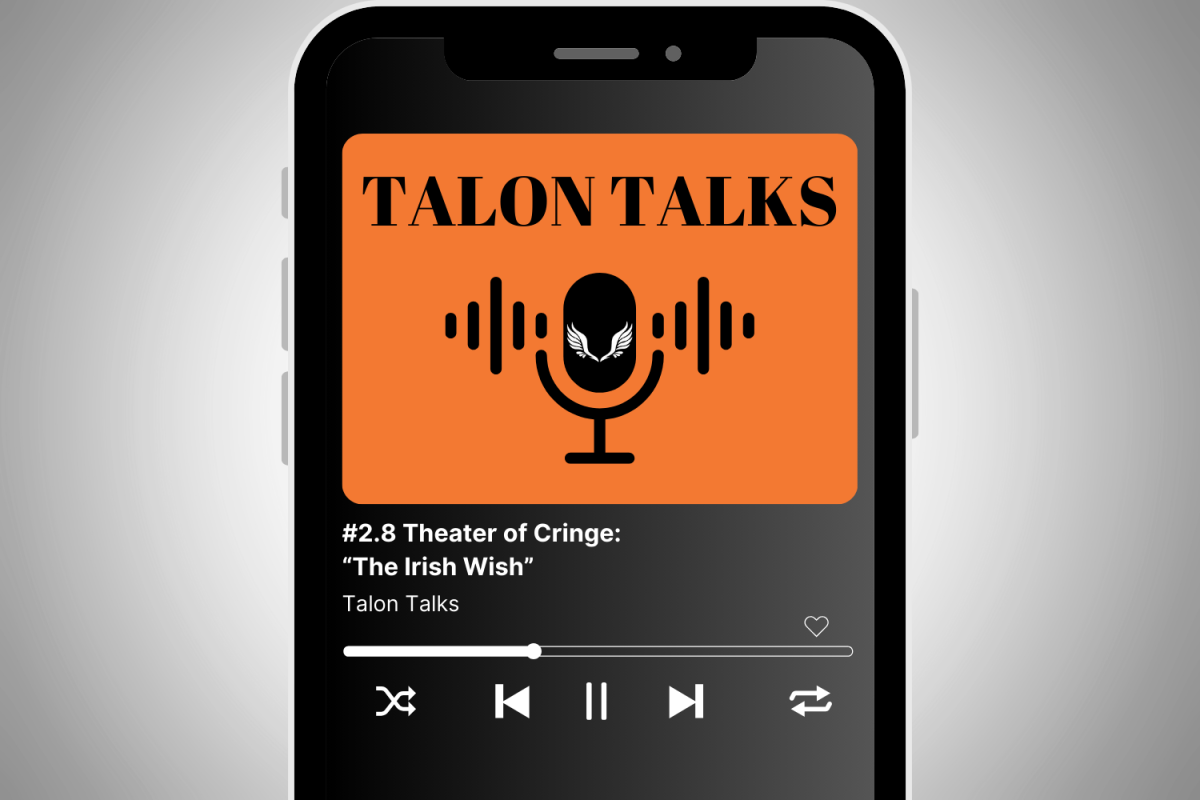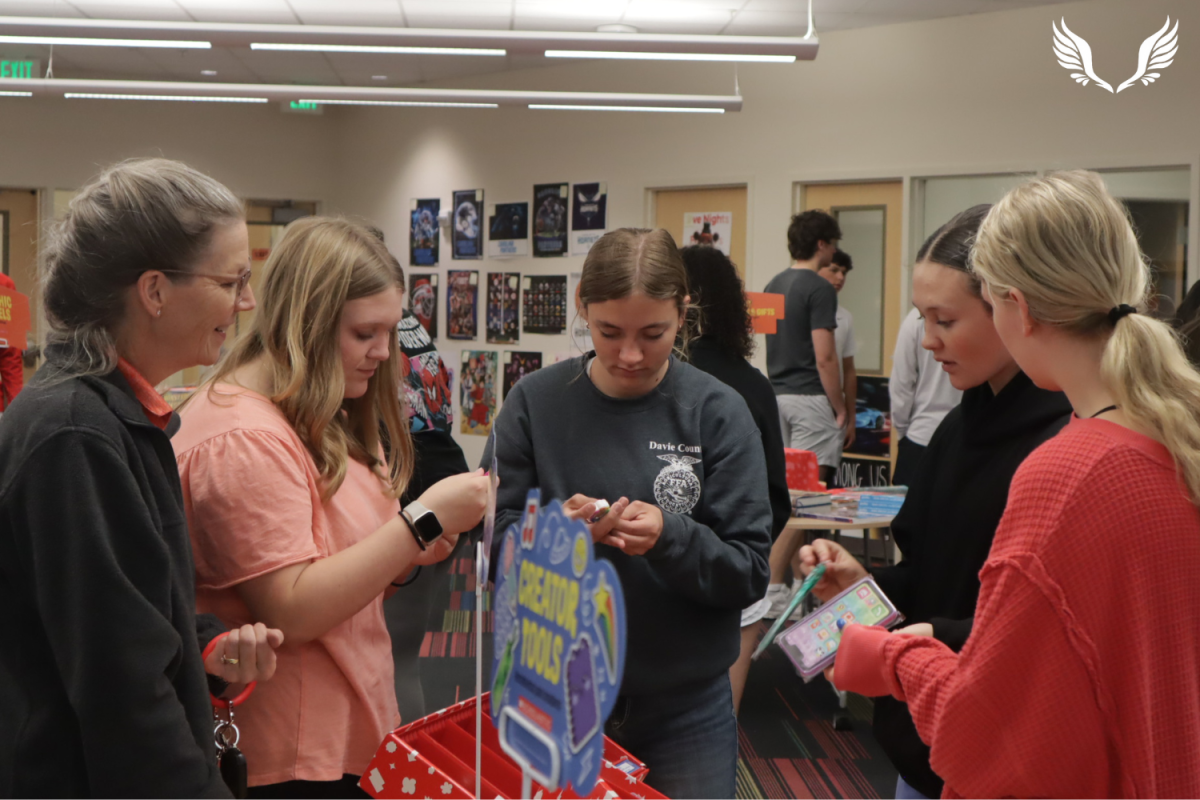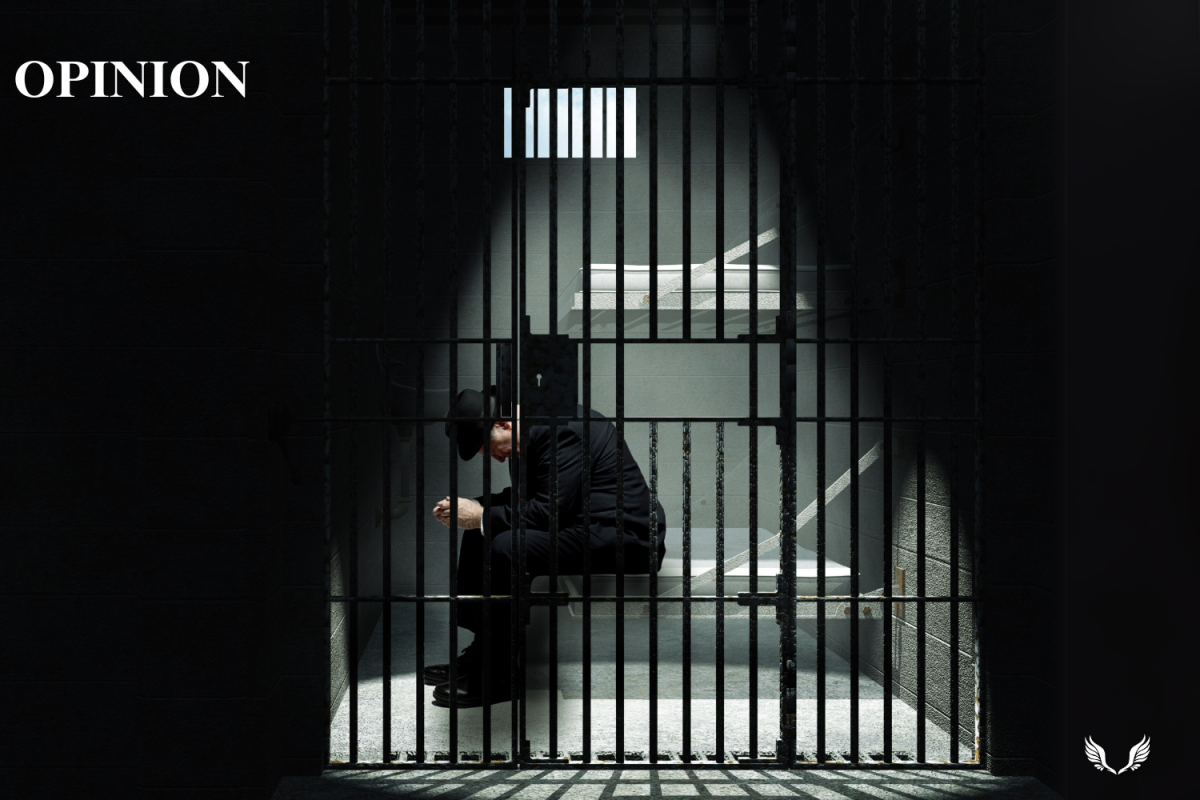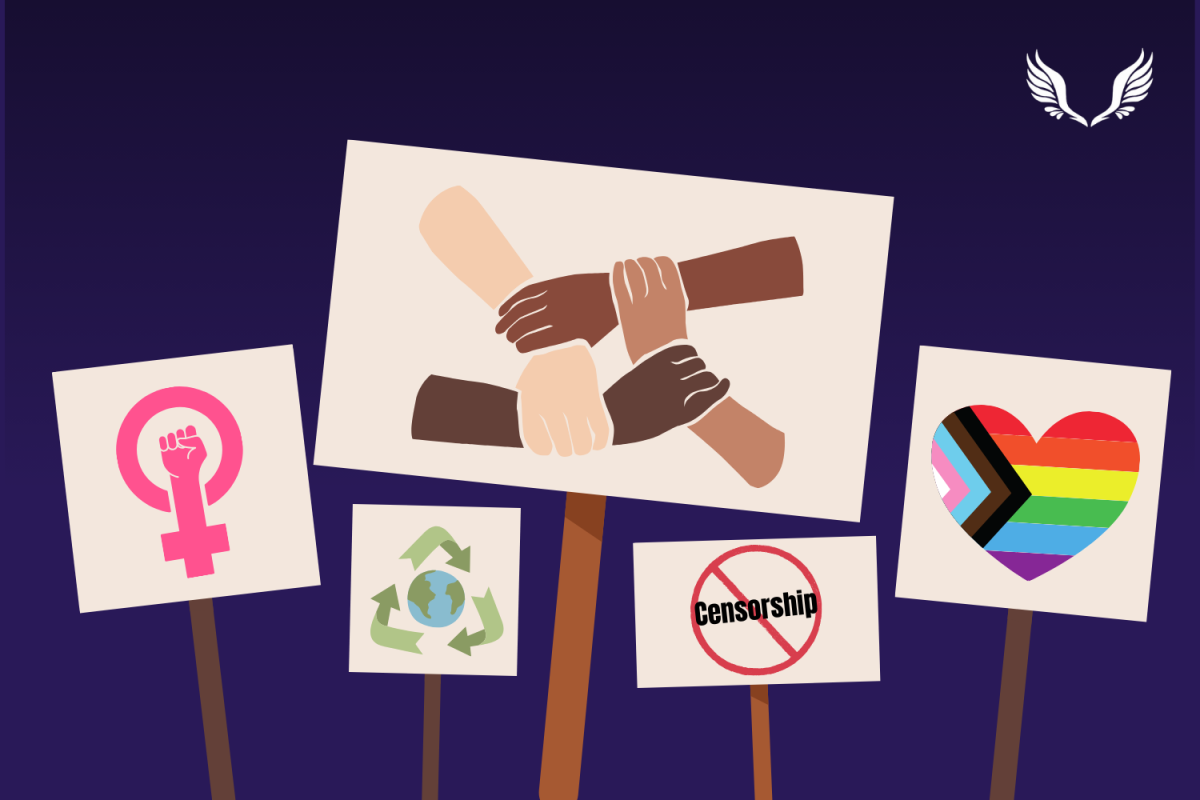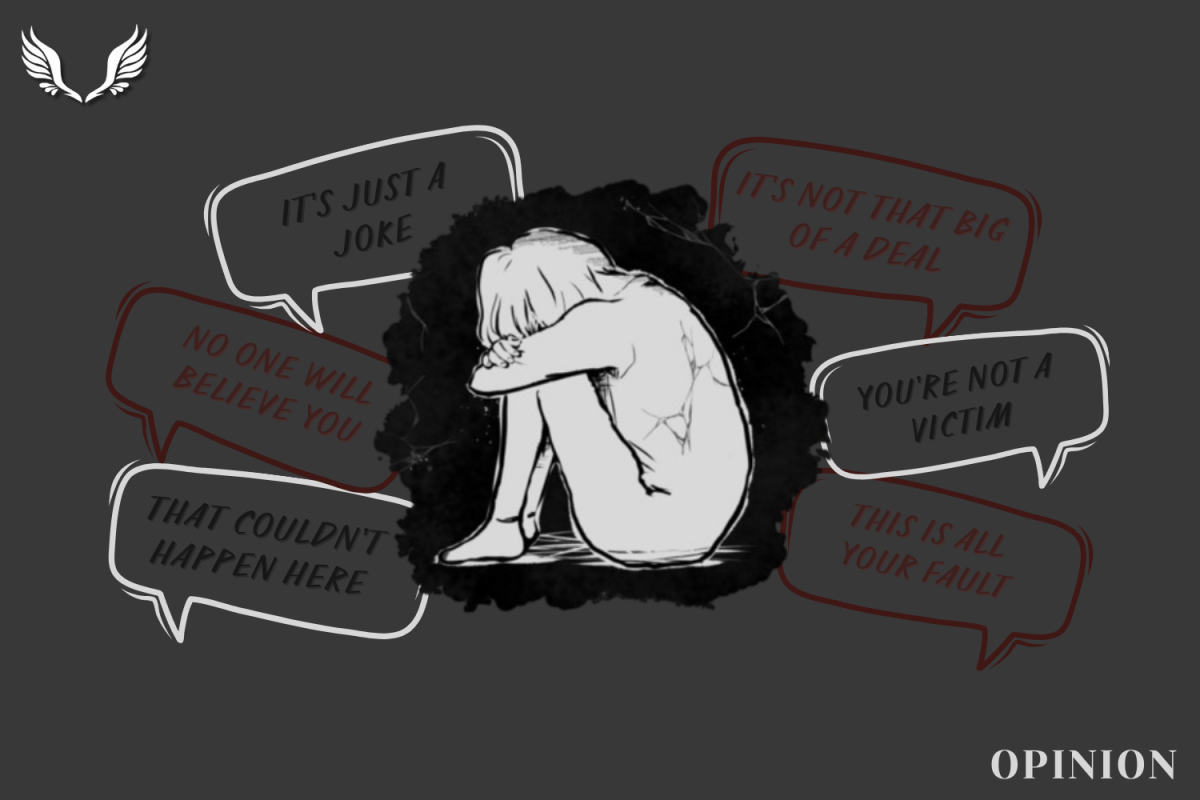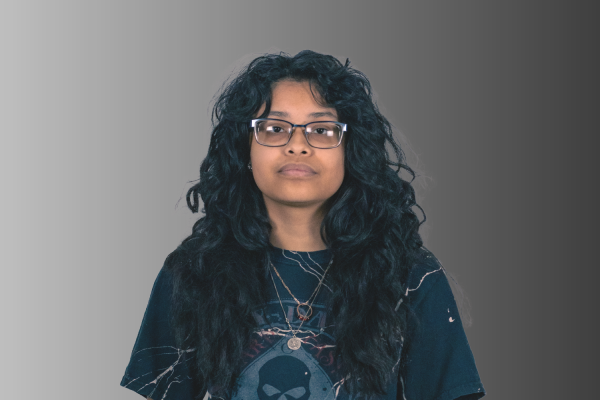It’s April 2nd, and you’re anxiously waiting for Nintendo Direct’s Nintendo Switch 2 announcement. You’ve always been an avid Nintendo fan, as you’ve been using your 3DS and Switch for over a decade, but today is the day you learn about Nintendo’s latest handheld. Your childhood dream is finally realized: a Nintendo Switch for modern gaming. You’ve heard so many good things about this new console. What’s more, your games and progress from the Switch carry over onto the Switch 2, so you’re all set to just pick up and play. You just need to order it.
However, your heart sinks when you see the price tag: $449.99. And the new “Mario Kart” will cost another $90 on top of that? Your excitement is snuffed out. There’s no way you can afford this. But you’ve been waiting for so long, maybe you’ll just swallow your pride and buy the games you love. Your conflict begs the question: How much do these games truly mean to you?
Overview & Specs
On April 2, Nintendo of America posted a video that was over 1 hour long describing the release of Switch 2, along with various other information about its new features. On the same day, they released the 5-minute overview video describing the general specs and additions.
Fan Reactions and Controversy
Various complaints and praises arose with the release of the Nintendo Switch 2 specifications, but none received as much backlash as the price of the console and games. While the Switch 2’s improvements are commendable, some argue that Nintendo is demanding too much for upgrades that are the bare minimum for companies of their prestige.
The debate as to whether the console alone is too expensive could be supported from both sides. In our current economy, paying $450 for a gaming console is unnecessary and far-fetched for many. For U.S. buyers, $450 is the price of the Switch 2 without tariffs applied, which resulted in Nintendo delaying the preorder date in the U.S. However, when compared to the pricing of past consoles and adjusted for inflation, the Switch 2 sits as only the 4th most expensive console behind the NES, SNES, and Wii U. However, from an opposing standpoint, the PS5, a more powerful, advanced device than the Nintendo Switch 2, can be bought within a cheaper range of $369-$449.
What unites fans is the arguably unacceptable price of $80-$90 games. Some of the best games in the industry don’t ask for such high prices: “Final Fantasy VII Rebirth” is priced around $50-$70. “Elden Ring: Shadow of the Erdtree” is listed as low as $39.99. “Black Myth Wukong” is priced around $60-$70.
The president of Nintendo of America, Doug Bowser, addressed some of the pricing criticisms. According to the Washington Post, Bowser noted that one of their titles, “Donkey Kong Banaza,” did remain at the $70 retail price of premium games. “What you see right there is variable pricing,” Bowser said, “We’ll look at each game, really look at the development that’s gone into the game, the breadth and depth of the gameplay, if you will, the durability over time and the repeatability of gameplay experiences.”
Bowser goes on to state that, with all the factors that go into deciding a game’s price, “…we haven’t set a benchmark.”
“I think it’s less about representing the industry…this is really about Nintendo deciding the right thing to do for its products or what the pricing should be…overall.”
He points to past examples of “price variability” with the difference in pricing in Zelda games due to their popularity and the amount of work put into creating them.
“I think for us, that’s really how we want to proceed and go forward. I can’t speak for other games that might be released by other publishers or on other platforms. It’s more about what we think is right for our content.”
According to the president of Nintendo of America, their games constitute an industry outlier of $80-$90, but this supposedly doesn’t speak for how other developers price their games. Sadly, this is fantasy. Companies of the same nature are watching one another and basing their decisions on their competitors’ actions to remain relevant. If Nintendo games are now worth more than some of the best games in the industry, how much can we expect prices to rise?
Trends in the Industry
Nintendo has been accused by gamers for years of releasing unfinished, low-quality games, knowing their fans will buy them anyway, recent entries in the Pokémon franchise being the most prominent offenders for many online. While there are, of course, exceptions, the company’s culture exudes a lackluster air. In all likelihood, the game developers and employees are not to blame, it’s more about business strategy.
In recent years, Nintendo has repeatedly pushed the envelope to see how little effort, or how little money, they can spend developing a game, thereby maximizing their profits. Time and time again, they’ve gotten extremely positive sales despite fans recognizing their seemingly low effort, saving them even more money. Compared to companies of the same caliber, Nintendo doesn’t measure up, yet continues to thrive.
Now, it seems they are taking this concept to the extreme with the pricing of games. The Nintendo Switch 2 includes Upgrade Packs, where certain titles, such as “Legend of Zelda: Breath of the Wild”, “Legend of Zelda: Tears of the Kingdom”, “Pokemon Legends: Z-A”, and “Metroid Prime 4: Beyond” have an upgraded version specifically for the Switch 2 with improved graphics and new content if you pay an extra $30. You’re already paying for the Switch 2, which is supposed to improve your gaming experience, but to actually improve the quality of your favorite games, you need to pay again? If the Switch 2 can’t give you that upgraded experience on its own, what is the purpose of buying it? Why are the bare necessities locked behind another paywall? This “double-dipping” is a prime example of corporate greed: charging someone for a fundamental service as if it were a special advantage.
What Does This Mean for Fans?
Nintendo is still capable of making charming, wildly enjoyable, superb games, as seen by the Legend of Zelda franchise, “Super Mario Wonder”, and “Pokémon Legends: Arceus”, but it’s no longer their standard; it’s their backup plan. In an extreme sense, we’ll receive spikes in improvement, and the hype train will start over again. When it loses its momentum, then and only then will Nintendo pull their trump card and churn out an exceptional game.
Fans are encouraged by some to not buy the Nintendo Switch 2, as doing so would mark a turning point in company culture, not just for Nintendo, but for other gaming companies. If Nintendo is told that fans are willing to pay upwards of $80 for games and $500 for bundled consoles, the entire industry will follow suit and raise their prices in order to compete.
As consumers, we must use discretion in what kind of habits we wish to enforce in businesses we buy from. As content creator “jacobweeby” puts it, “You should vote with your wallet.” We must support developers when standards are raised, but call out corruption when we see it. Both we and Nintendo need to know our worth. In this way, better quality products will be forged, benefiting both consumers and the company culture long term.

